ANNUAL REPORT 2022
© Leonard Peikoff (Ayn Rand Archives)



The Ayn Rand Institute fosters a growing awareness, understanding and acceptance of Ayn Rand’s philosophy, Objectivism, in order to create a culture whose guiding principles are reason, rational self-interest, individualism and laissez-faire capitalism—a culture in which individuals are free to pursue their own happiness.
“The present state of the world is not proof of philosophy’s impotence, but the proof of philosophy’s power. It is philosophy that has brought men to this state—it is only philosophy that can lead them out.”
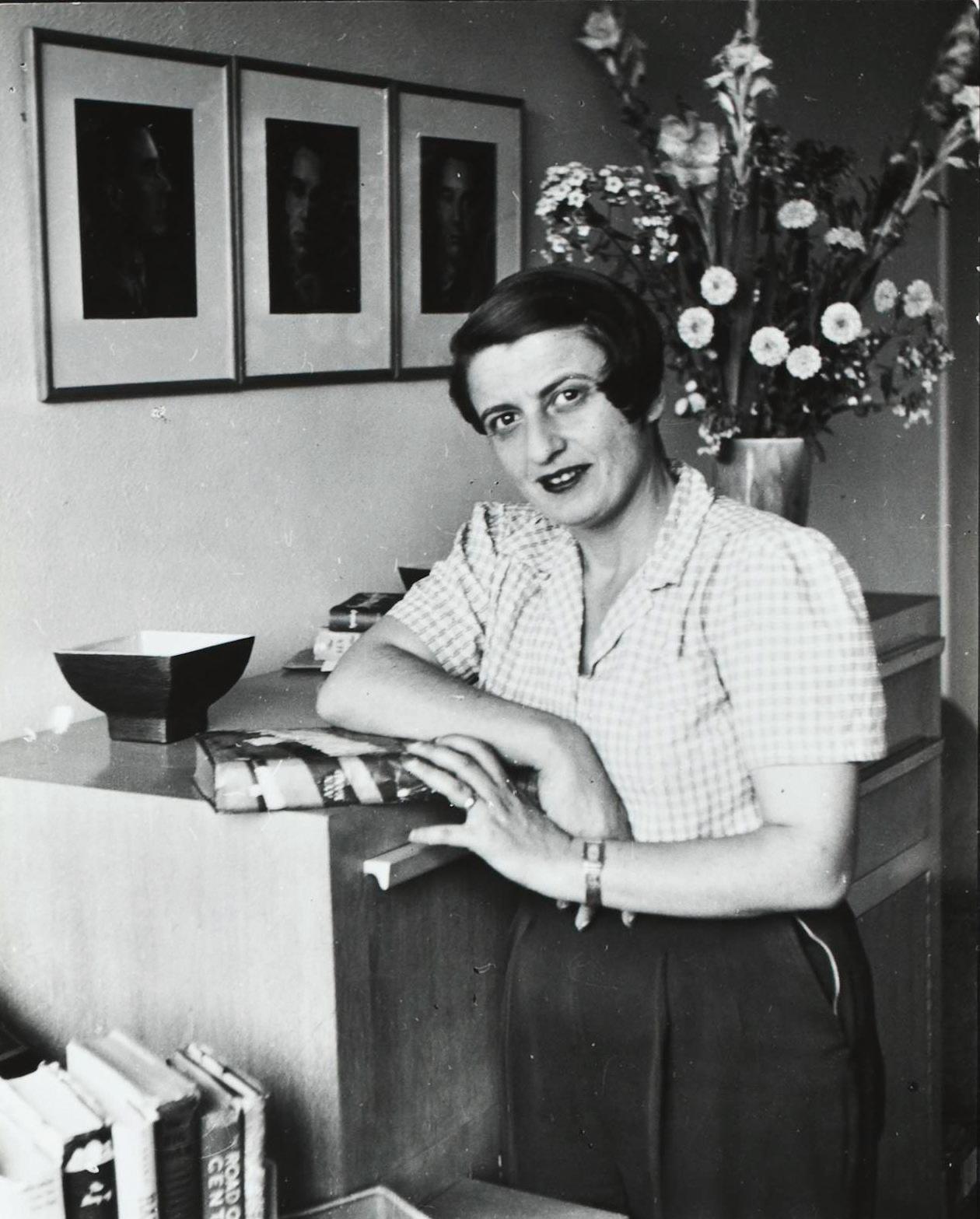 —Ayn Rand, “For the New Intellectual,” For the New Intellectual
© Henri Glarner (Ayn Rand Archives)
—Ayn Rand, “For the New Intellectual,” For the New Intellectual
© Henri Glarner (Ayn Rand Archives)


2022 has been a very productive year for ARI—and all due to a clear strategy enabling our institute to be laser-focused on the activities that promote our mission in the most effective way. We are happy to share our progress with you, our stakeholders, investors, donors and benefactors. Our mission to promote awareness, understanding and acceptance of Ayn Rand’s ideas is being realized through execution of a two-part strategy.

The first part is our focus on the Ayn Rand University (ARU). Step by step, we’re building ARU into an educational platform that will systematically develop new generations of productive, influential Objectivists. The second part is the safeguarding of Ayn Rand’s legacy by the Ayn Rand Archives. We’ve improved our physical and digital infrastructure across the Archives, enabling it to evolve and allow for more scholars, researchers and the wider public to have access to Rand’s heroic life and achievements.
On the ARU front, we’re improving and optimizing the path by which new minds are exposed to, ignited by and motivated to learn about Rand’s ideas. From new platforms allowing teachers and students to download free eBooks of Rand’s fiction to dedicated nonfiction reading groups, conferences and ARU preview seminars, we’re increasing the number and quality of individuals walking the path to become serious students of Objectivism. The technology and automation we’ve incorporated into our processes will allow us to efficiently scale in years to come.
Our team unveiled our ARU growth initiatives at OCON, and our progress is highlighted beginning on page 7. We’re determined to offer a wide range of educational opportunities for students to not only understand Rand’s groundbreaking philosophy, but to also see its applications in different major knowledge and practice domains. With Don Watkins taking a full-time position at ARI as the director of ARU’s Coaching & Mentorship Practice, we’re proud of the life-changing experiences we’re offering our students as we build a new generation of thinkers and a more attractive community as a whole.
On the Archives front, we’ve grown the team, built a substantial technological infrastructure and improved the physical preservation environment of our archives facility. This will enable the team to publish more digital collections more easily as well as to increase the number of physical exhibitions. These collections and exhibitions will help create a greater awareness and understanding of Rand’s works, benefiting researchers and the general public. Expect more news, collections and exhibitions coming out of our growing archives team! Enjoy the article highlighting the digital letters of Ayn Rand, beginning on page 31.
This is the progress that you’re helping to make possible. On behalf of all of us at ARI, thank you so much for your support and for taking part in this strategic and historic effort.
Sincerely, Tal Tsfany Chief Executive Officer Onkar Ghate Chief Philosophy Officer
Onkar Ghate Chief Philosophy Officer
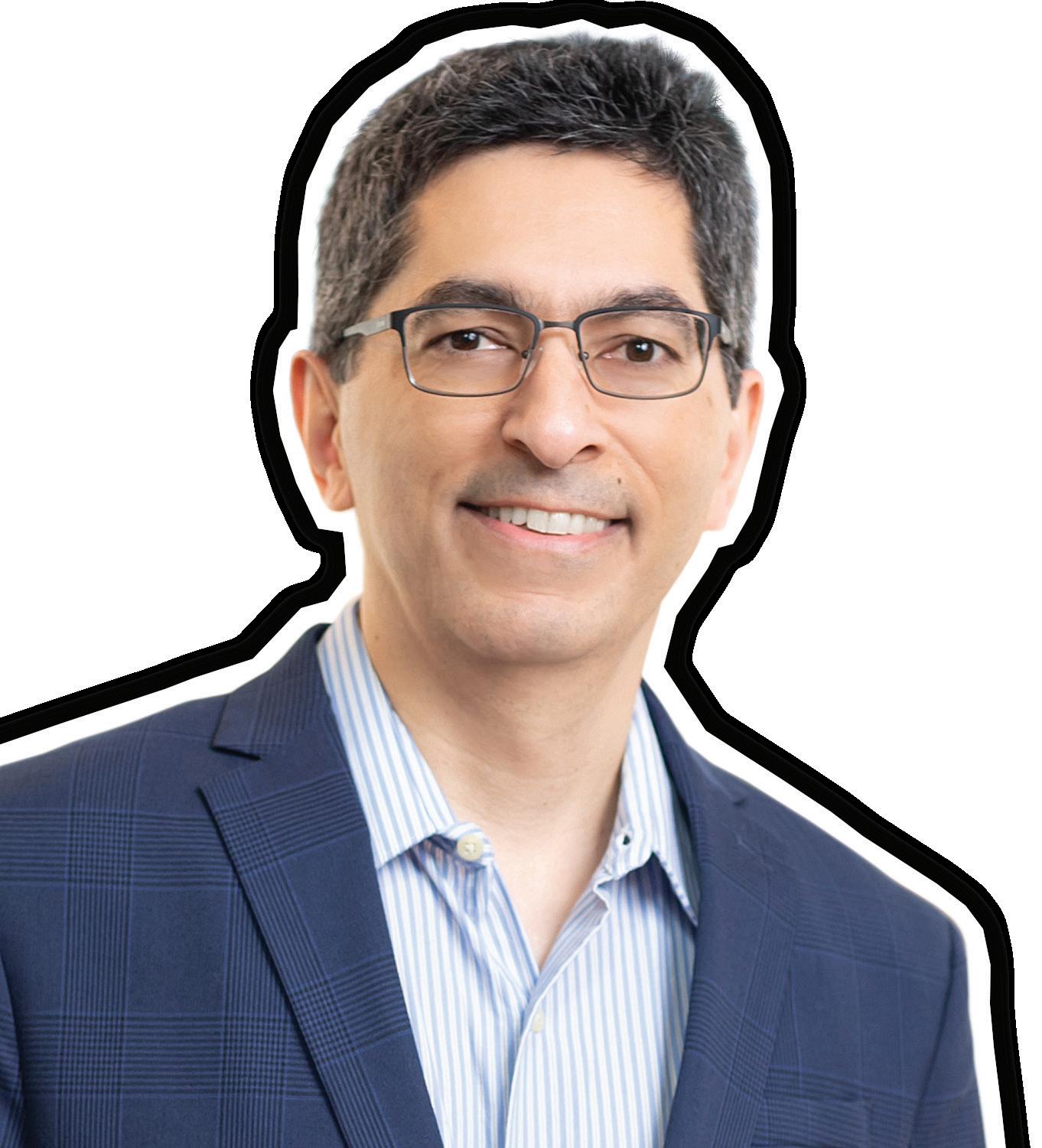
At each step of an intellectual journey, the Ayn Rand Institute illuminates a path to a better understanding of Objectivism.

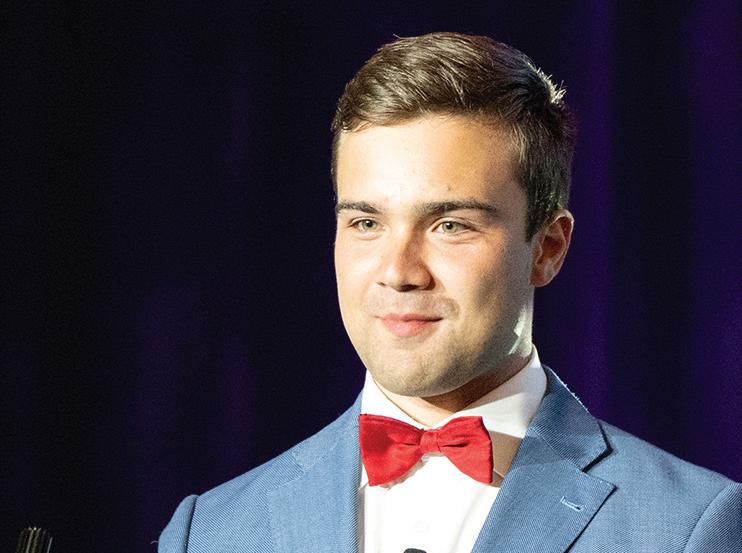
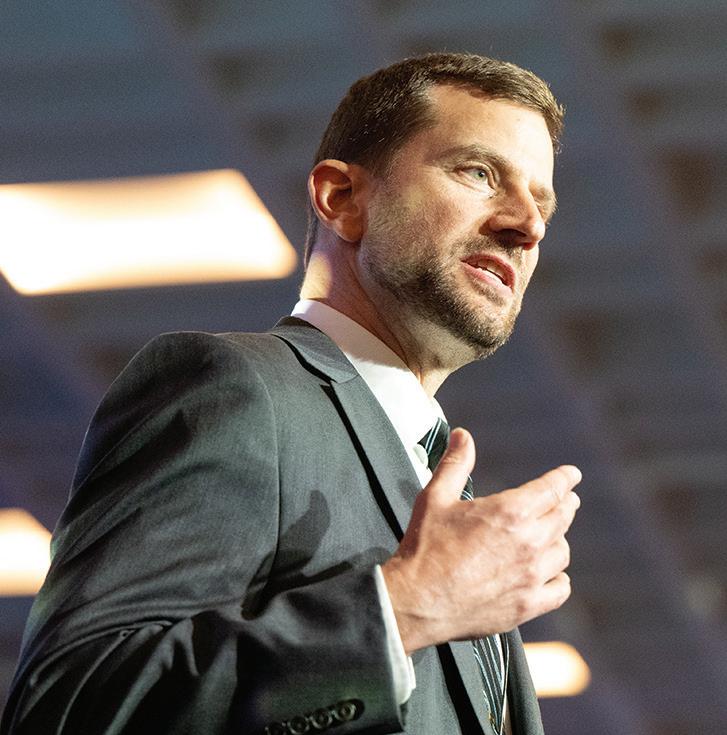
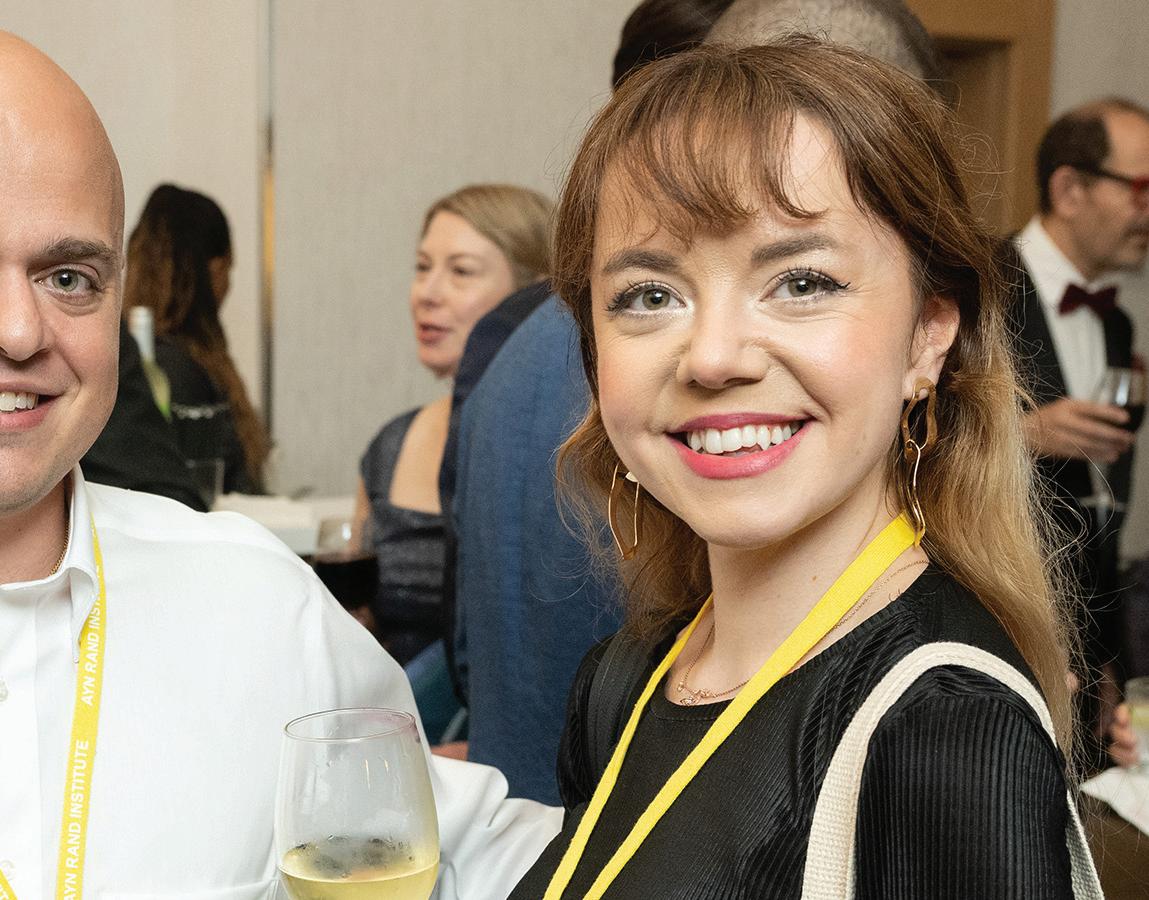
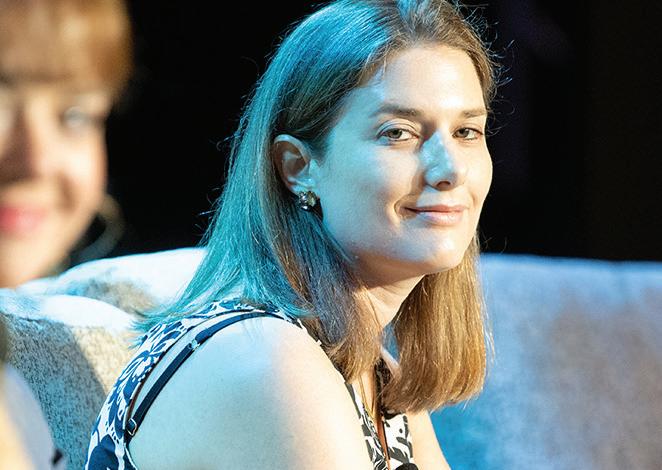

“Against the backdrop of cynicism, inertia and weakness espoused by contemporary culture, Rand’s works revealed the potential for life to be something beautiful. I was starved for heroes who didn’t settle for mere existence, but made it their mission to flourish. For me, Rand filled a spiritual void. The essay contests gave me the opportunity to immerse myself in the world of Atlas Shrugged.”
Essay contest participant, University of British Columbia graduate, ARI nonfiction reading group participant
“It occurred to me that Dagny was a reflection of Rand herself, a mysterious, tenacious woman with a no-nonsense philosophy. The more I read, the more I absorbed some of the core ideas of Objectivism and applied them to my own life. The reading group has allowed me to expand my understanding of not only Objectivism, but also how it can be utilized by different individuals.”


“In weightlifting, there’s something called beginner gains, which are the massive improvements beginners make from the sheer novelty of the activity. The same happened to me intellectually through reading Rand. But after reading all of Rand’s books, I needed a way to systematically improve my intellectual capacities. The Ayn Rand University offered me this opportunity.”
Essay contest participant, OAC graduate, co-founder and chief programs officer of Higher Ground Education



“I’m living the life I yearned for when I was 18. Thinking in principles is probably the thing I got from studying Rand’s ideas. I attribute all of my success in my work, in my life and relationships to that ability, and that’s what I got from the OAC.”
“I entered an ARI essay contest, attended my first Objectivist summer conference, and started an ARI-supported study group at my university. When ARI started offering courses by phone, the precursor to ARU, I signed up. Today, because of that support, I achieved my dream career of working as a professional intellectual at ARI. I can think of no mission more urgent in today’s world than ARI’s mission of reaching as many young lives as we possibly can with the life-changing power of Ayn Rand.”

Ayn Rand University (ARU) is the next big step in ARI’s mission to promote Ayn Rand’s philosophy of Objectivism. Building on the success of our philosophic training programs, such as the Objectivist Academic Center (OAC), ARU aims to reach a wider audience, in part by broadening the areas of study. Students will not only study Objectivism and the subject of philosophy, but they’ll discover how Objectivism illuminates essential disciplines that are pillars of human knowledge, such as literature, law, and the physical sciences, and they’ll learn how to use Rand’s philosophy to achieve success and happiness.
We talked with Don Watkins, Aaron Fried, and Jeff Scialabba, who are key players in the development and running of Ayn Rand University, and asked them to take us behind the scenes of the development of ARI’s most ambitious project to date.
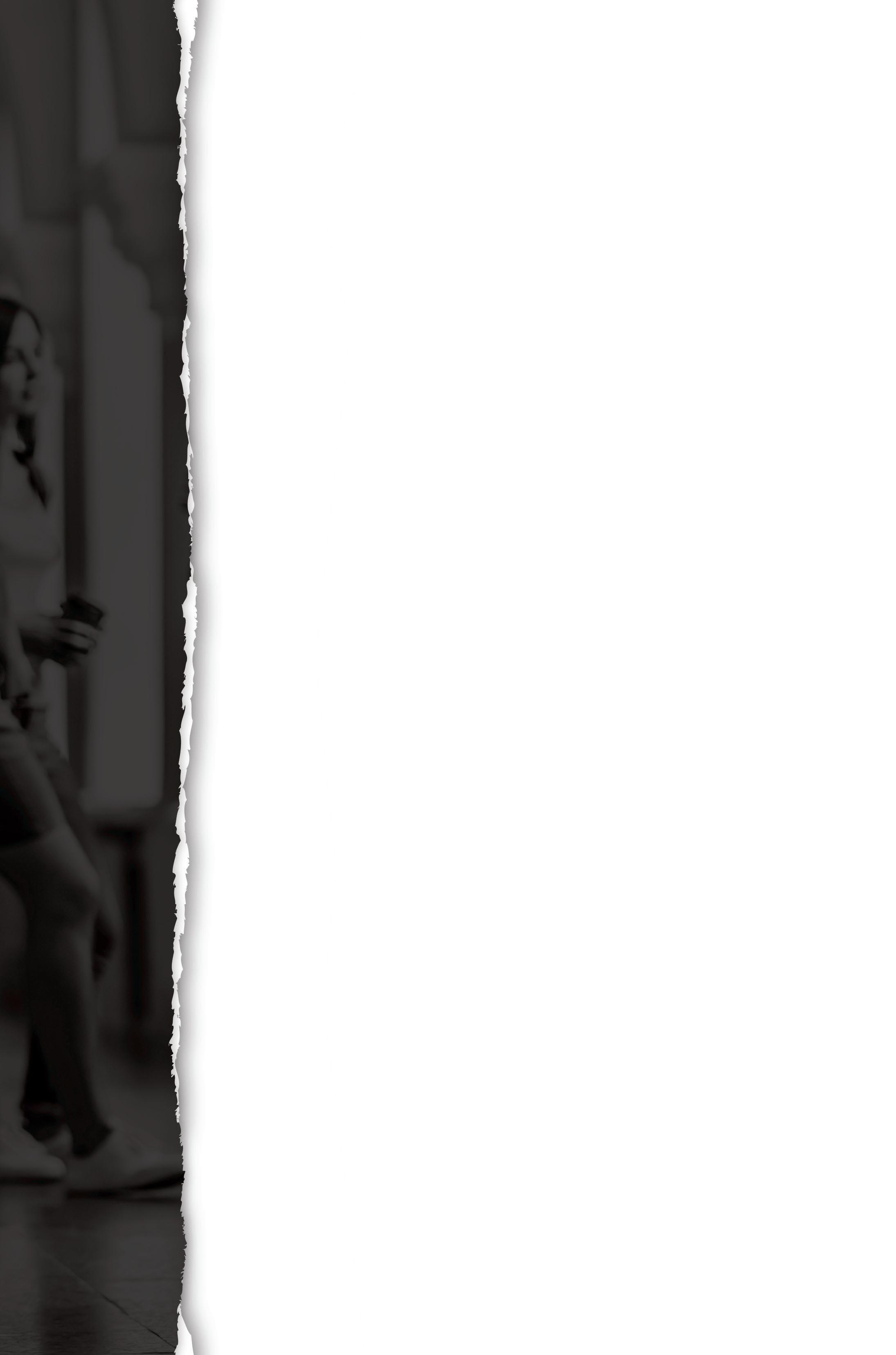
ARI’s CEO Tal Tsfany organized a meeting in Telluride, Colorado, with leading Objectivist intellectuals inside and outside the Institute, to discuss how to make ARU the most impactful educational organization possible. Don, a former fellow at ARI, was one of the participants.
“One of the points we came to,” recalled Don, “was that personalization is a powerful tool in learning. When someone works with you one-on-one, the amount you can learn and the rate at which you can achieve your goals increases exponentially.” But how can you personalize learning for dozens, hundreds or even thousands of students? The solution the group came to was coaching. Alongside
their coursework, students would work with a coach who would help them pursue their most important goals.
“At the time,” Don said, “I was working independently as a career and communications coach, and my personal mission has always been to help people who share my ideas and values to become more effective advocates. So as soon as it became clear that this was going to be central to ARU, I jumped on the opportunity to return to ARI.”
Don’s first step was to launch a pilot program, where he worked with fourteen current students to set and pursue learning, work, and life goals. Each student met weekly with Don to discuss their goals and challenges and to develop strategies for progress.
“The results have been better than I could have ever imagined. Five students were hired by ARI and other Objectivistled organizations. Most made incredible strides in their careers, their classes, and their confidence.” Don recalled one student in particular who had just published her first Substack newsletter on parenting and education when they began meeting. Four months later, she was offered a job to write on parenting and education full time.
“The pilot program was just a start,” Don added. “The key to this being scalable is to build a whole team of high-level coaches and develop a robust coaching methodology.” As a first step, Don brought on board Amanda Maxham and Steven Schub to coach students for the upcoming academic year. “Amanda and Steven are incredibly passionate about Objectivism and helping students flourish. I couldn’t ask for a better founding team for the coaching practice.”
The coaching program is a key element of transforming the ARU experience. But how will Ayn Rand University attract hundreds and eventually thousands of students? That’s the problem Aaron Fried, ARU’s director of growth, is tasked with solving. “The starting point for solving that problem,” Aaron said, “is understanding the path people take from first becoming ignited by Ayn Rand’s ideas to becoming fully committed to the philosophy—and understanding why people sometimes fail to take the next step on that path.”
For example, people often read one of Rand’s novels and become fired up about it. But that fire might die out unless they read more of Rand’s work. By mapping out the journey from discovering Ayn Rand to joining Ayn Rand University,

the ARU growth team is able to make it simple and easy to take the next step. “Our ultimate goal,” Aaron said, “is that, at every point in their journey, a person ignited by Ayn Rand will have a simple, easy, appealing next step they can take. You’ve just read Atlas Shrugged? Here’s a free copy of The Virtue of Selfishness. You’re excited by The Virtue of Selfishness? Join one of our online reading groups to discuss it. You’re getting a lot out of the reading group? Come to a live event and meet like-
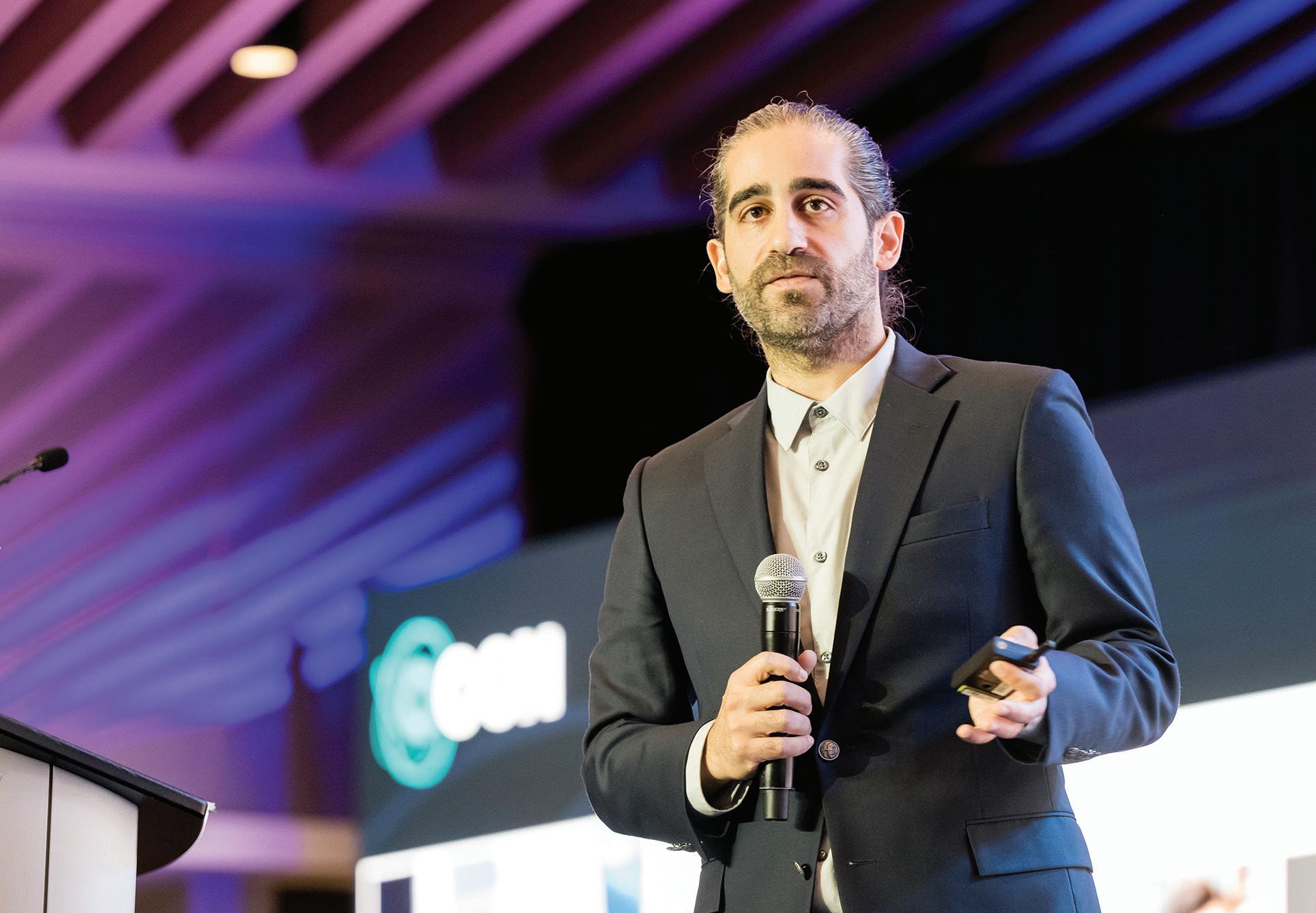

minded people. At that point, enrolling in ARU is a clear next step to a deeper understanding of Rand’s ideas.”
In the past, that kind of journey was rare or simply didn’t happen. But by identifying the steps in the journey and carefully measuring how many people take the next step, the growth team is able to discover innovative ways to plug those holes. “For example,” Aaron said, “if we can measure how many students who request a free copy of Atlas Shrugged read it and then take
the next step of studying the nonfiction, we can experiment and test different ways of encouraging them to make that transition. Maybe we need to create a course that deepens their understanding of the novel. Maybe we simply need to send an email explaining the value of reading the nonfiction.”
By creating a measurable map of the journey to Ayn Rand University, the growth team has made it possible to dramatically increase the number of people who seriously study Rand’s ideas, enroll in our educational
programs, and eventually go on to use Objectivism to influence the culture.
The growth team is leading more students to ARU, the coaching team is helping students get more out of ARU, and the ARU operations team, led by director Jeff Scialabba, is spearheading the effort to make ARU itself the best place in the world to study Ayn Rand’s ideas. His chief task over the last year has been to work with the faculty to expand the range of courses students can take and to work with ARI’s technology team to enhance the online experience for students and faculty.

by Onkar Ghate, which will deepen students’ understanding of Objectivism through careful consideration of the content and meaning of Rand’s four major novels
“A Legal System as an Intellectual Achievement”
by Adam Mossoff, which studies legal systems as intellectual achievements distinct from political or constitutional theory
“Oral Communication: The Basics”
by Yaron Brook, which will focus on the principles and practice of effective oral communication from an Objectivist perspective
When it comes to courses, the Objectivist Academic Center (forerunner of ARU) was targeted toward individuals pursuing intellectual careers, and its curriculum was delimited to courses on Objectivism, philosophy, and objective communication.

These subject areas and the training of future intellectuals is still the core of what we offer, but Ayn Rand University also welcomes students who are undecided about their career path and offers a much broader range of courses. These include courses aimed at using Objectivism in your own life and courses in crucial fields of human knowledge, such as science and literature. To teach this expanded curriculum, Ayn Rand University will leverage the expertise of the Objectivist intellectual community and regularly bring in outside faculty, something done sparingly in the OAC.
“Victor Hugo’s Ninety-Three
by Lisa VanDamme, which will practice and conceptualize an approach to reading that will help you mine the value of literature while coming to a deep understanding of Hugo’s novel
Radical Ideas”
by Don Watkins, which will present the skillsets of persuasion and how to avoid common errors Objectivists make when trying to persuade
by Onkar Ghate, Tal Tsfany, and Don Watkins, which will focus on what the application of Objectivist ideas looks like, explored in part through a series of interviews and discussions with Objectivist businessmen, entrepreneurs, intellectuals, and professionals in various fields
“Persuasion Mastery: How to Effectively Champion
““Philosophy, Work, and Business”
“We thought it was important,” Jeff said, “to make ARU flexible. The Objectivist Academic Center had a defined structure, where all OAC students took part in a similar curriculum and followed a similar sequence of courses. At ARU, although we will have a recommended core curriculum, students can take as many courses as they’d like, in whatever order they’d like, prerequisites permitting. Students have the power to create their own educational journey in a way that wasn’t possible before and to fill up their time with as many ARU classes as their schedule permits.”
The framework is now in place for ARU to grow and eventually reach thousands of students. The project wouldn’t be possible, though, without the community of people within ARI and outside ARI working together to make Ayn Rand University a real tool in changing the culture for the better.

All the courses will also be available to audit, so if you wish you’d had something like this when you were younger . . . you can still get involved and audit the courses and have that experience now!
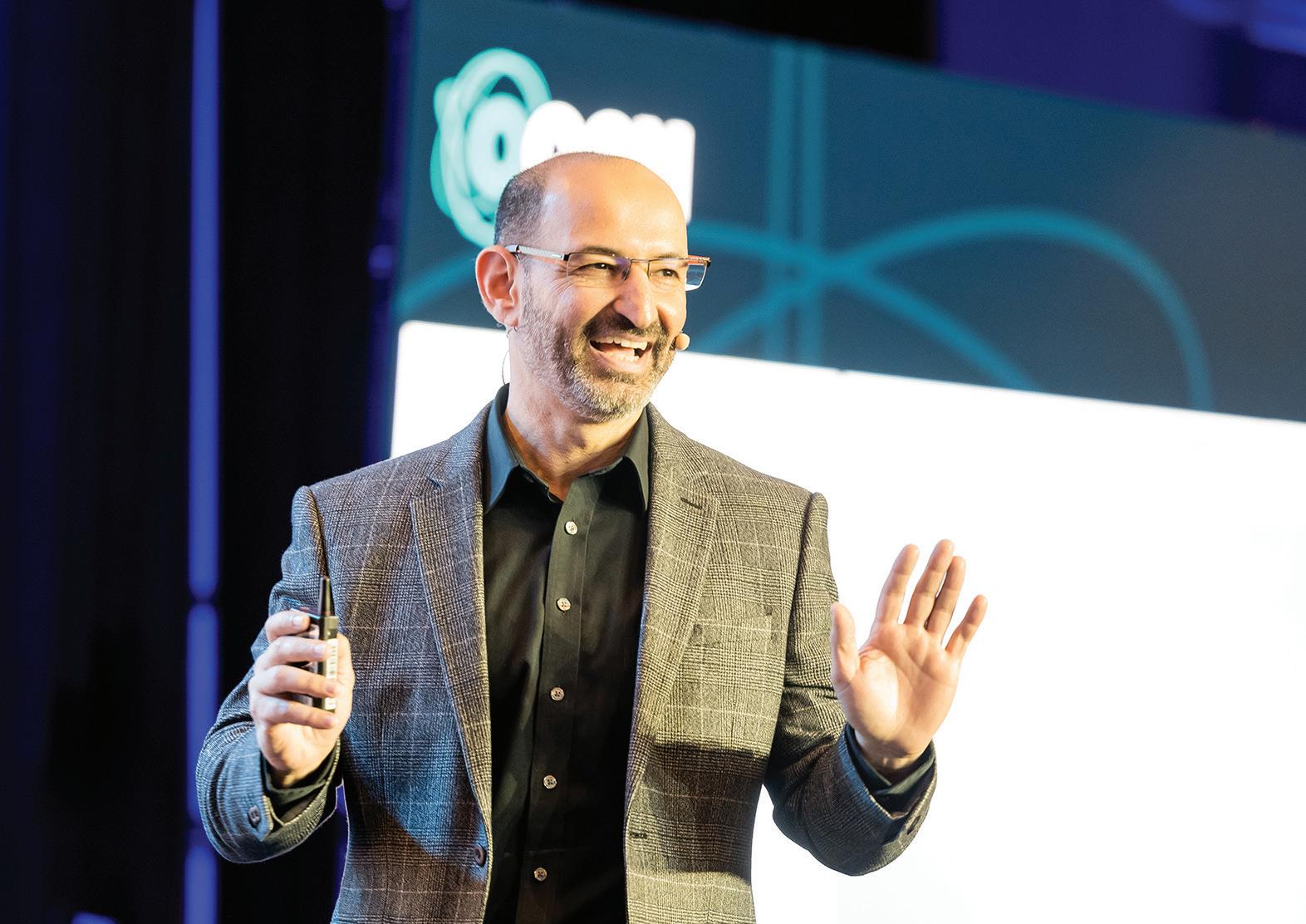

An outgrowth of the OAC, Ayn Rand University offers both students and auditors fascinating courses on everything from Victor Hugo to American law to—of course—Objectivism and philosophy. The wide variety of courses offered speaks to the universal application of Objectivism—and students are committed to learning about these ideas and applying them to their own lives.


Objectivism helped me choose my current field of study (philosophy) by showing me there was no dichotomy between the moral and the practical. And as a philosophy student, I love the classes themselves because they’re wildly different from the classes I take in school—it was almost culture shock. I’ve never gotten such honest feedback, or faced a situation where my instructors actually wanted me to succeed and were genuinely willing to guide me through that process.
Onkar Ghate is a phenomenal professor. I was originally nervous to meet with him, but I was blown away once I did. He is able to see the confusions in my thinking that I was only dimly aware of, and he’s able to share them in such a way that I’m encouraged and excited. He’s able to see very quickly the sticking point I have and asks the right kind of question so that I can come to the answer on my own or at least be partly there when he provides his perspective.
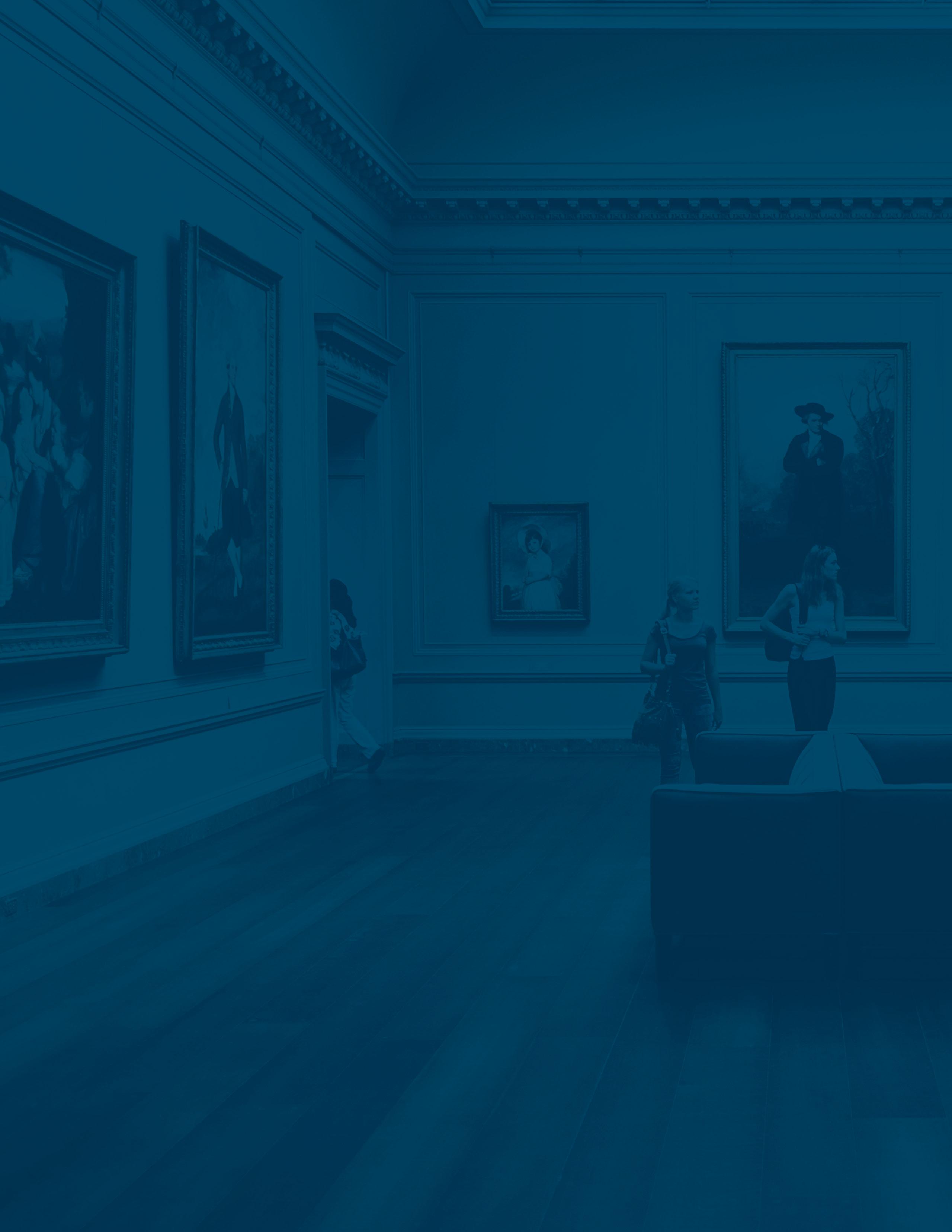 By Ayn Rand, reprinted from The Objectivist, December 1966
By Ayn Rand, reprinted from The Objectivist, December 1966
In the December 1966 issue of her magazine The Objectivist, Ayn Rand published a lengthy encomium to José Manuel Capuletti, a young Spanish artist who had recently exhibited paintings in New York City. Reading this timeless commentary, one is struck by the clarity of Rand’s esthetic interpretations. One also experiences how seriously Rand regarded the virtue of justice. She took selfish pleasure in celebrating talent and achievement wherever she found it. Happily, Rand and her husband, Frank O’Connor, became friends with Capuletti and his wife. Two of Rand’s letters from their correspondence are published
in Letters of Ayn RandAmong the many values that art can offer, the subtlest one— and, perhaps, the most inspiring—is the sight of talent, talent as such, the spectacle of human ability actualizing its best potential. In the presence of a great achievement, you feel as if you were seeing two art works: one is the object before you, the other is the artist who made himself capable of creating it.
Such a spectacle—unexpected and startling in today’s context— was presented in New York City, at the Hammer Galleries, November 15–26, 1966. It was an exhibition of paintings by Capuletti.
José Manuel Capuletti is a young Spanish artist who started his career in Paris and gained his widest following in New York. Creative talent is always individual, it is not the product of any culture, it is that which produces a culture and moves it forward— but to the extent that one may detect certain dominant values in different cultures, one could say that the work of Capuletti has the passionate intensity of Spain, the elegance of France, and the joyous, benevolent freedom of America.
But one could say it only as a background generalization, as a footnote to an appraisal of his work, because Capuletti is a unique, individual phenomenon who belongs to no particular country or school. As an artist, he is self-educated and self-made. At his start,

seeking to gain the technique of painting, he inquired about the courses given in art schools. “I asked them how to apply white so that it would not crack,” he relates, “and they answered ‘You must paint with your temperament.’ My temperament, I can take care of it myself. So that was the end of art schools for me.”
He acquired the knowledge he needed by studying the work of the masters, but studying it in a special manner, not by concrete-bound imitation, but by silent questions addressed to the walls of great museums: how was this done? how was this particular effect achieved?—then identifying the answers in the form of abstract principles. He acknowledges two teachers: Velasquez and Vermeer. They helped him to discover the means; the end was his own.
The first impact of his work, when one enters a show by Capuletti, is a sense of enormous clarity. It is as if the air were washed clean and things stood out selfassertively, demanding recognition, in an intensely heightened reality. By discarding the irrelevant, by reducing things to a few superlatively chosen and

he makes them more brightly real than they are in “real
He projects the depth (and almost the coolness) of water in a shadowed corner by means of an odd wedge of greenish-blue and a few thin strips of white; he reduces the chaotic sparkle of glass to just a few brilliant spots, but the ones that make it sparkle blindingly; he creates an endless distance by the slant of a few rooflines.
A dramatic economy of means, selectivity, precision and bold, pure colors are the dominant attributes of his style, made by a technique of such disciplined power that it appears effortlessly simple.
There are no smears, no blurs, no dissolving shapes, no messy brushstrokes. The subtlest gradations of color are broken into distinct areas with discernible boundaries; one does not see them, at first glance: one sees only the effect of unusual clarity; but look closer, if you wish to observe a virtuoso technique.
If conceptualization consists of organizing an indiscriminate perceptual chaos in terms of essential characteristics, then Capuletti’s style creates and imparts to his viewers a conceptual method of vision: the ability to see in terms of essentials—an unobstructed, unwavering, incisive power of sight.
Capuletti’s central concern is the sensuous beauty of every aspect of existence, from a woman’s body to the texture of an old wall. In Le Canal, the violent blue of the water and the violent red of a robe dropped on the shore are daringly, surprisingly harmonious, integrated by sunlight, under a vast summer sky—yet the canvas is dominated by the slender, naked figure of a woman stepping into the water, by the delicately radiant texture of her body. Le Mur is a tour de force: it is a still life featuring a solid expanse of old, peeling, blotched, cracked plaster wall. If ever there was a subject for the modern cults of decay and degradation, this was it. You would not believe that it could be made beautiful—beautiful and inspiring by the sheer perfection of workmanship; neither did I until I saw it.
The sense of life projected by Capuletti’s work is that of a man who is in love with life, with this earth and “everything that’s in it.” To him, life is a magnificent adventure of discovery: things are fresh, important, significant, because he sees them for the first time. It is as if a man’s eyes were headlights and he were forever delighted that the things he saw were luminous, not knowing that the illumination came from him— which is the essence of being an artist (in any field of art).
The most revealing indication of a painter’s sense of life is his way of painting human beings. Capuletti’s nudes are so innocent a glorification of the body that they make sensuality spiritual. The subtle, sensitive, meticulous manner of rendering texture is almost impersonal, yet the dispassionate precision of the artist endows these figures with a quality of being passionately alive. The pliant firmness of the flesh, the inner
glow of the skin, the sculptured structure of the body, the posture that seems both relaxed and tensely expectant, the stillness of latent motion combine to convey an innocent sexuality that appears natural by being self-assertive, and almost too natural by being unselfconscious.
(In all of Capuletti’s paintings, with the exception of portraits, his only feminine model is his wife, Pilar Capuletti, a former dancer whose appearance matches his style: a small, graceful figure with a decisively rapid way of moving, a delicately traced, perfectly oval face with intensely brilliant eyes, with a look of childlike innocence and a hint of ageless sophistication.)
A different aspect of Capuletti’s art, yet the same basic principle, is shown in the eight portraits of Flamenco performers (individual artists within a traditional Spanish school of folk music and singing). These are a brilliant display of visual characterization, done in black and white tempera, each presenting the essence of a personality by means of a face and two hands, with a mere suggestion of the body. The subjects are aging, portly, physically unattractive men and women— yet, catching them in action, Capuletti brings out
remarkable vitality, their purposeful drive and, above all, their dignity. Degas managed to make ballerinas look awkward and flat-footed; Capuletti makes middle-aged peasants look significant and imposing. Such is his view of man.
Capuletti’s stress on exploring the full potentiality of the power of sight is reflected in the over-all theme of the exhibition, which is Silence—an ambitious attempt to convey another sense modality by visual means, presented in many astonishingly successful variations.

their
“Degas managed to make ballerinas look awkward and flat-footed; Capuletti makes middle-aged peasants look significant and imposing. Such is his view of man.”
In Le Dernier Voeu (my personal favorite of the show), the lonely figure of a woman, dressed in black and scarlet, stands on the edge of stone steps leading down into the water of a moat, cut off from the world, with a broken candle at her feet, and another candle clutched in her hand; there can be no sound in the vast emptiness behind her, with a distant wall cut by archways that open upon a blazing sunlight over empty stretches of sand; the woman stands so proudly, so quietly erect that one can almost see the motion of her shoulders pulling her straighter, and one does see, in her face, the solemn calm of an indomitable will winning over a faint, last echo of pain.
In The Last Hour of Lady Godiva, a naked woman on horseback is riding away, down the empty street of a deserted town; the hoofbeats, and the rustle of some paper blown by the wind seem almost audible and stress the silence of the long stone corridor leading nowhere.
Central Park Lovers features the silhouettes of a young couple facing the distant, exquisitely suggested skyline of New York, with the first leaves of spring on the motionless branches of the trees around them, in the luminous silence of early morning.

By contrast, the Flamenco portraits convey sound, violent bursts of sound—in the faces of the singers, in the clapping hands, in the forceful gestures.
It is Capuletti’s mastery of the visual realm that creates a certain conflict in his work as a whole: the contrast between his finely sophisticated, highly conceptual style and the predominantly sensory-perceptual level of his themes. As an artist, he is still in transition, and growing. There has been a quality of progressive maturity in his New

York exhibitions. His early work—perhaps, under a somewhat surrealist influence—had a tendency toward the deliberate juxtaposition of incongruous objects in thematically incomprehensible arrangements. This has fortunately vanished from his latest show.
The emotional sum and hallmark of an exhibition by Capuletti is a lingering sense of sunlight. His work is enormously, overwhelmingly joyous; its irrepressible selfassertiveness has a quality of childlike purity and innocence—the innocence of the conviction that the sight of joy, of beauty, of achievement is a value to men, that values are a value to men. It is a spirit—a sense of life—that reminds one of Marilyn Monroe. “Marilyn Monroe, on the screen, was an image of pure, innocent childlike joy in living. She projected the sense of a person born and reared in some radiant Utopia, untouched by suffering, unable to conceive of ugliness or evil, facing life with the confidence, the benevolence and the joyous self-flaunting of a child or a kitten who is happy to display its own attractiveness as the best gift it can offer the world . . .” (See my article “Through Your Most Grievous Fault,” The Objectivist Newsletter, October 1962.)
I need not explain what courage
preserve that spirit in today’s world.
Since Capuletti’s first show in New York, in 1958, to the latest one, which was his fourth, the size and enthusiasm of his following have been growing rapidly. At every show, virtually all his work was sold out. His reputation is spreading among the lovers of art—by underground word-of-mouth. The press had given his earlier shows a barely perfunctory notice.
is required to
“His work is enormously, overwhelmingly joyous; its irrepressible self-assertiveness has a quality of childlike purity and innocence—the innocence of the conviction that the sight of joy, of beauty, of achievement is a value to men, that values are a value to men.”
I have always doubted the reality of an emotion such as “civic pride,” but I must confess to something like a feeling of civic shame when I say that Capuletti’s latest show did not receive a single mention or review.
In this day and age, when even heavy industry is demanding higher and higher skills from its workers, art has become the last refuge of unskilled labor, from which craftsmen are barred. Realizing, apparently, that it’s eitheror, the non-objective clique is trying to pretend that Capuletti does not exist.
However, so long as a society is even semi-free, you can lead people to the gutter, but you can’t make them drink.
Those who wish to see the trend of the future, would do well to observe that on November 15–26, the Hammer Galleries were crowded to the point of jamming (a sight one does not see often in those stately galleries, or funeral parlors, along 57th Street that display the stillborn in their windows) and that these crowds had a large proportion of young faces, excited, astonished young faces reaching for art with the eagerness of the starved.
As to the present state of our culture, the best commentary was uttered by a schoolgirl who stared at Capuletti’s paintings with admiration, and— apparently associating craftsmanship only with the past—was overheard asking: ‘When did he die?”
Someone should tell her that the question to ask is: “When did our culture die?”
Above, Not Guilty by Capuletti depicts a female figure standing on a flagstone surface looking across a body of water at a city in the distance. It demonstrates Capuletti’s approach to the female nude; according to Ayn Rand, “The most revealing indication of a painter’s sense of life is his way of painting human beings. Capuletti’s nudes are so innocent a glorification of the body that they make sensuality spiritual.”
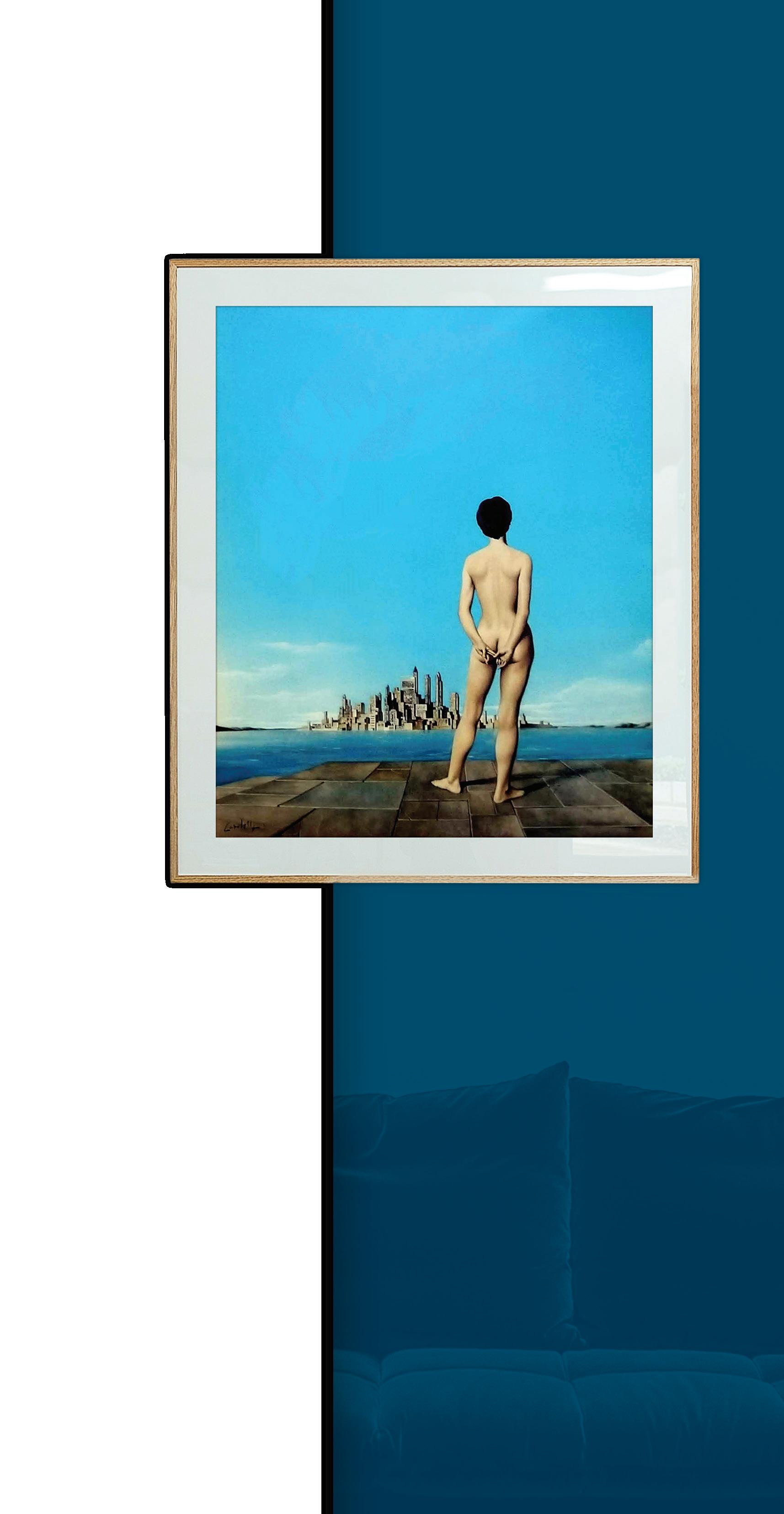

On May 7, 1943, as World War II raged across the globe, Ayn Rand’s novel The Fountainhead was published in America. Due to sparse reviews and minimal publicity, sales were initially low. Then an unusual thing happened, paralleling Rand’s description of the gradual success of the novel’s hero, Howard Roark: “It was as if an underground stream flowed through the country and broke out in sudden springs that shot to the surface at random, in unpredictable places.” As wordof-mouth readership spread, Rand’s novel began appearing on best-seller lists more than a year after publication.
Sensing a commercial opportunity, the syndication company King Features approached Rand in mid-1945, proposing an illustrated condensation of The Fountainhead to be published in newspapers worldwide. It would be part of a series of such condensations that the company had launched in 1942 and planned to resume after an eight-month hiatus due to wartime paper shortages.
Rand enthusiastically embraced this opportunity for international publicity, bringing to bear the skills and insights she had developed from many years of writing screenplays, dramas and novels. Even though the condensation would contain only 7 percent of the words she had spent years carefully shaping into a challenging novel of ideas, she was delighted with the results.
Here’s how it happened. (Warning: plot spoilers ahead.)

Negotiation: “A condensation true to the theme”
“I like the idea,” Rand told her agent, Alan Collins, upon learning of the syndicate’s proposal. But as one would expect from the creator of the uncompromising Howard Roark, she insisted on having full advance approval of visualization, outline and content. “My only interest in such a strip is the publicity it would give my book,” she explained to Collins. “Therefore it must be the right kind of publicity, a condensation true to the theme, style and spirit of the story. If the condensation makes the book appear garbled, weak or pointless (through careless choice of incidents), it will do positive harm in discouraging prospective readers.”
King Features had approached Collins with its proposal in July 1945, offering $1,000 as a guaranteed advance against 50 percent of syndication income. King Features would hire the writer and artist and pay all costs of syndication. By August 1945, as negotiations continued, King Features raised its guarantee to


$1,500, proposing 25 daily installments with 500 words each—a total of 12,500 words—while insisting that the courtroom speech be limited to one installment.
Rand was initially disappointed with the space allotted for the speech: “I could do a swell job of condensing Roark’s speech into 1,000 words—that’s what I did for the screenplay version,” she told Collins. But on reflection, she conceded that “two days of a theoretical speech might be too much for this kind of condensation.”
Rand was willing to allow the syndicate’s in-house writer to make the necessary narrative choices for condensing the novel. “I think they can do a good job of it,” she told Collins, “if the writer keeps his narrative as hard and simple as possible and goes easy on the adjectives.” Rand, who had much experience writing synopses and scenarios for Hollywood studios, said that if the deal went through, she wanted to send specific suggestions and advice
The single drawing on the left of this panel, with Roark and Dominique at the fireplace, was one of four drawings for which Ayn Rand requested the originals to frame and hang in her study. Frank Godwin created the illustrations for The Fountainhead. © King Features Syndicate, Inc. (Ayn Rand Archives)
to the writer: “I know all the tricks of how these things are done.” “I hope the deal does go through,” she wrote to Collins. “I’m curious to see the thing illustrated.”
The deal did go through—King Features accepted all of Rand’s conditions. By contract, she acquired the right to approve the artist’s proposed visualizations of the characters, to approve a general outline of the scenes, and to approve and edit “every word” of the condensation. She was also guaranteed that Roark’s courtroom speech would occupy at least one day of the series.
Unlike an ordinary comic strip, which includes word-balloons and written descriptions inside the comic panel, the King Features approach was to display a wordless three-panel comic strip with a brief caption beneath each panel, accompanied by long passages condensed from the novel itself. The task of condensing Rand’s 754-page novel into a mere 12,500 words (roughly 50 such pages) fell to a King Features writer named Fred Dickenson.

On October 18, about six weeks after the contract was finalized, Dickenson sent his first batch of drafts to Rand for review. “You will not, I am sure, be surprised to learn that it is one of the most difficult condensation jobs in the twenty best-sellers I’ve done,” Dickenson wrote. “I’d be glad to have you make any editing changes you think necessary. The only thing to remember is that anything added one place must be subtracted elsewhere in the same strip as these are written to fill the space exactly.”

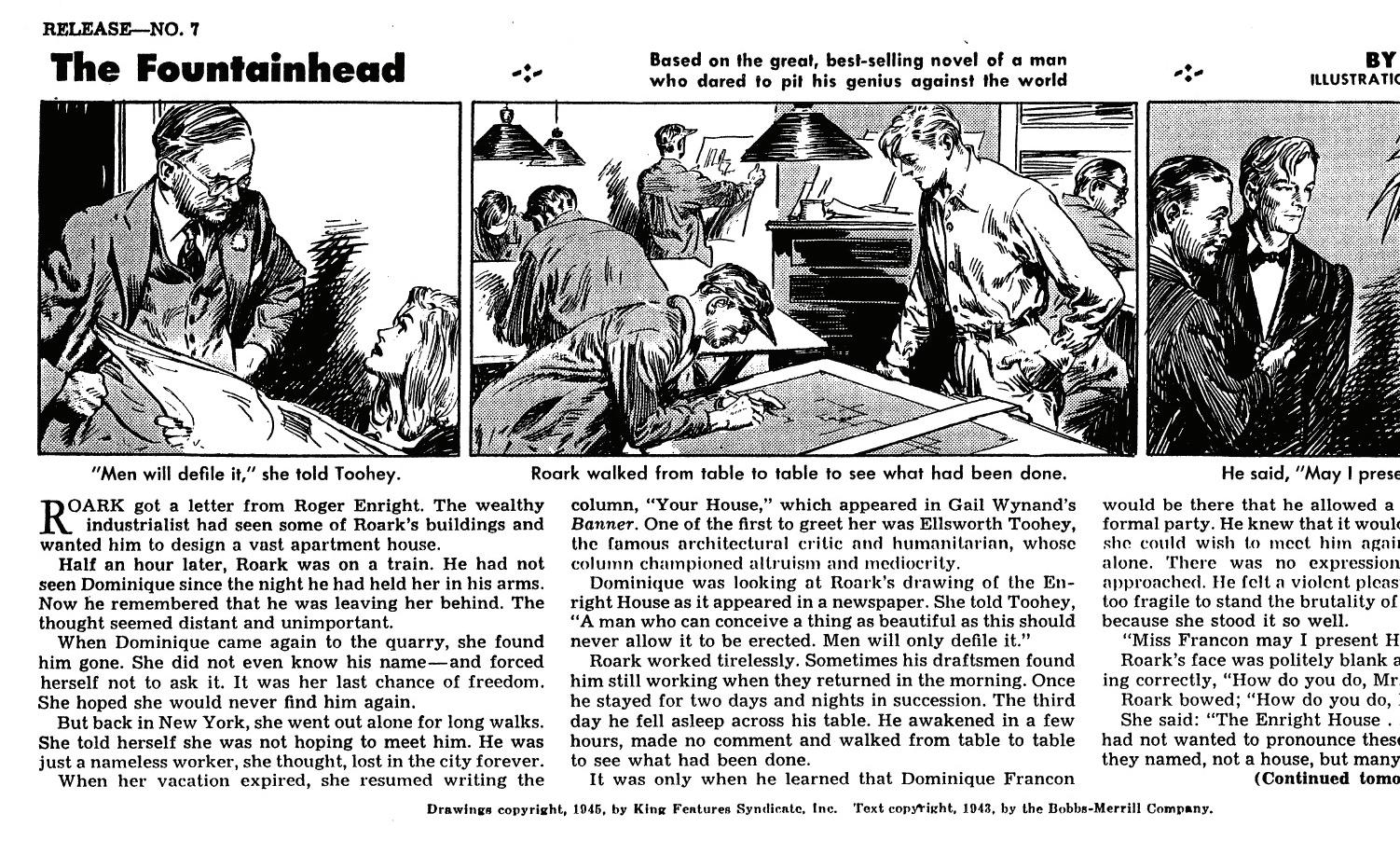
The surviving correspondence in the Ayn Rand Archives does not indicate what
edits Rand made to the first two batches, but there were surely some, because Dickenson subsequently asked Rand to include two carbon copies along with her rewrites, so that he wouldn’t have to retype them for the printer and the artist. Rand made substantial edits to the third batch, explaining her reasoning in a letter to Dickenson: “I have made changes mainly to clarify the very complex psychologies and motivations which we need here in order to make the final tragedy understandable.” These installments covered Dominique Francon’s marriage to Gail Wynand as
well as Roark’s budding friendship with Wynand. She closed that letter with a salute to her fellow writer: “All my best wishes to you (and my sympathy) for the toughest part of a tough job—our last two weeks’ copy.”
In her edits to the fourth batch, Rand deleted parts that were “inessential to the progression of the story” so as to make space that was “badly needed for the exposition of Roark’s motives in agreeing to design Cortlandt.” Unless Roark’s reasons are made clear, Rand explained, his dynamiting of the building “will appear as an act of senseless brutality.” Rand left intact Dickenson’s “continuity and choice of incidents,” complimenting him for an “excellent job of selection in what was probably the hardest part of the book to condense.”
Rand herself condensed Roark’s courtroom speech, a task that was more challenging because it needed to be even shorter than she expected. King Features’ first proposal would have allowed 500
words for that chapter, but later changes meant that each daily installment would hold only 417 words on average. In her letter transmitting the condensed speech to Dickenson, she wrote: “It contains exactly 407 words (I’ve counted them). This is the best I can do—I was supposed originally to have 500 words for the purpose. . . . The speech itself can’t be cut any further and present any semblance of the book’s theme.” To make it fit, Rand had cut almost 90 percent of the speech.
Rand was keen to ensure that the serialization would be true to her artistic vision not only in the story’s condensation but also in its visualization.
Before signing the contract, Rand expressed a preference for Harold (Hal) Foster, whose Prince Valiant comic strip had debuted in 1937, or “someone with a still harder and simpler style of drawing.” King Features ended up retaining Frank Godwin, a comic strip artist with decades of experience. In


personal meetings with Dickenson and Godwin, Rand probably shared the essential points on artwork she had previously conveyed to her agent. The illustrations, Rand had told Collins, should be kept “SIMPLE,” explaining:
“My whole book is done by understatement—and I’d like the strip done the same way, if possible. It should be hard, simple, clear-cut, stylized, underdrawn—nothing but the bare essentials, as uncluttered as possible.”
Rand’s contract gave her the right to approve in advance the “artist’s proposed visualization of the characters” before the actual drawing of the strip. Presumably Godwin’s vision for the serial passed muster, as there is no evidence in the Ayn Rand Archives that Rand vetoed or required changes to any of Godwin’s illustrations, except as her text edits required. A month before the serial was released, Rand saw proofs for the first week’s installment. “The drawings are fine,” she told
Dickenson, “and I was very pleased with the looks of the whole thing as set up.”
On December 2, Rand wrote to Ross Baker, sales manager at Bobbs-Merrill, The Fountainhead ’s publisher: “Wait till you see the King Features condensation with the drawings. I’ve seen the advance proofs of the first week. It’s excellent.” Noting that the first installment was scheduled to begin publication December 24, 1945, she described it as a “nice Christmas present for us.”
Rand was especially pleased with the description of The Fountainhead that appeared above the illustration panel for all thirty installments. “Did you notice their caption for the story?” she wrote to Baker.
“‘Based on the great, best-selling novel of a man who dared to pit his genius against the world.’ They did that—I had
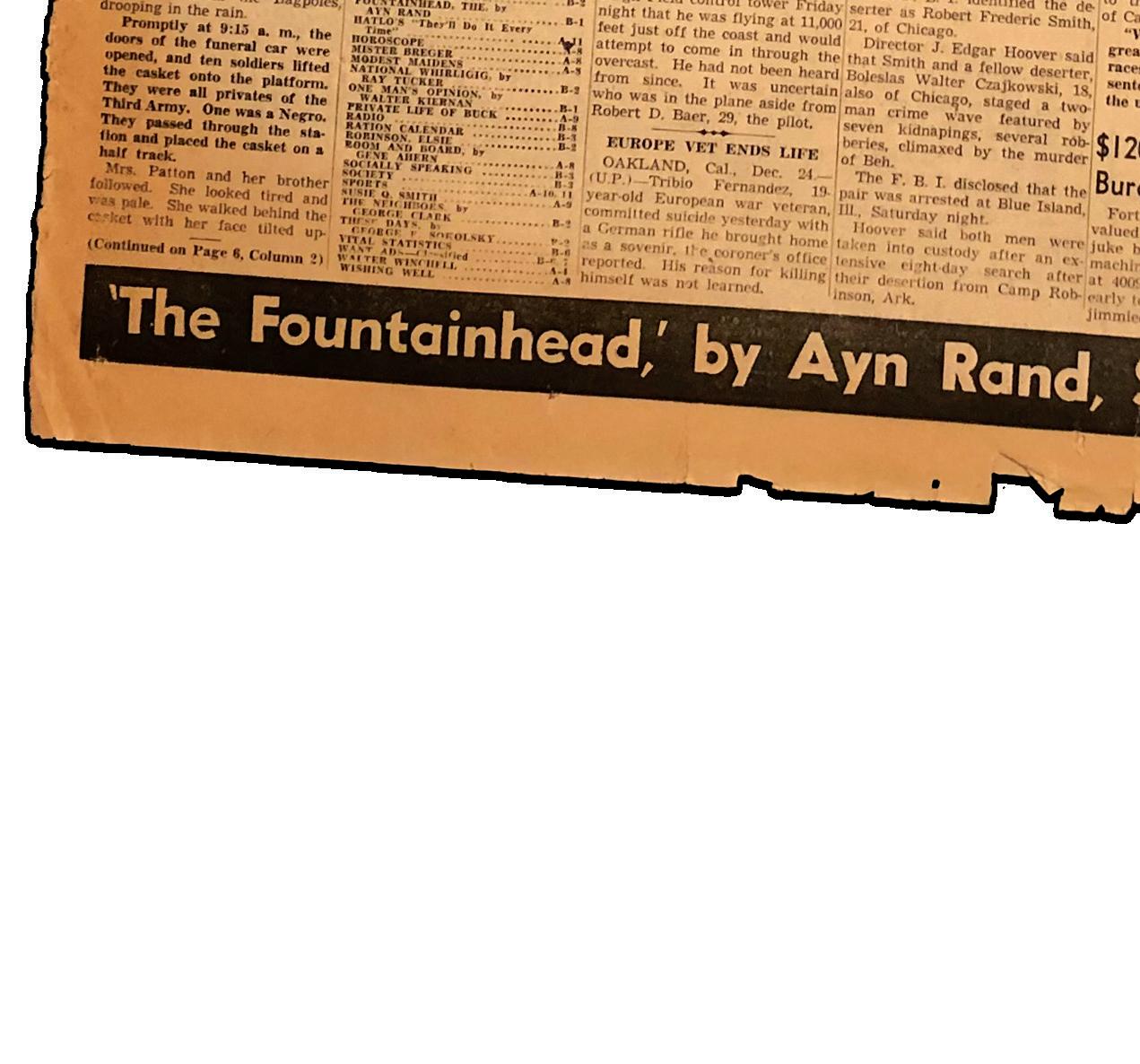
Culmination: “A swell job on an incredibly difficult undertaking”Los Angeles Herald-Express (Ayn Rand Archives)
nothing to do with it—I never discussed the subject of a caption with them and never saw it until I received the proofs. There is what I consider good salesmanship. They knew it was a man’s story—and they stressed its real theme in a dramatic way.”
Rand very much liked Godwin’s drawings. “Tell the family to look for the illustrated condensation of ‘The Fountainhead’ in the Hearst papers beginning December 24th,” wrote Rand to her niece Mimi Sutton. “I think they’ll get a kick out of it—because the artist has done a wonderful job of making Roark look like Frank [O’Connor, Rand’s husband]. I’ve seen the advance proofs—and everybody here gasps, seeing them, without any warning from us: ‘Why, it’s Frank!’”
The illustrated Fountainhead appeared in thirty-six newspapers throughout the Western hemisphere. In the first three months of 1946, the condensation brought in gross revenues of $5,473.75,
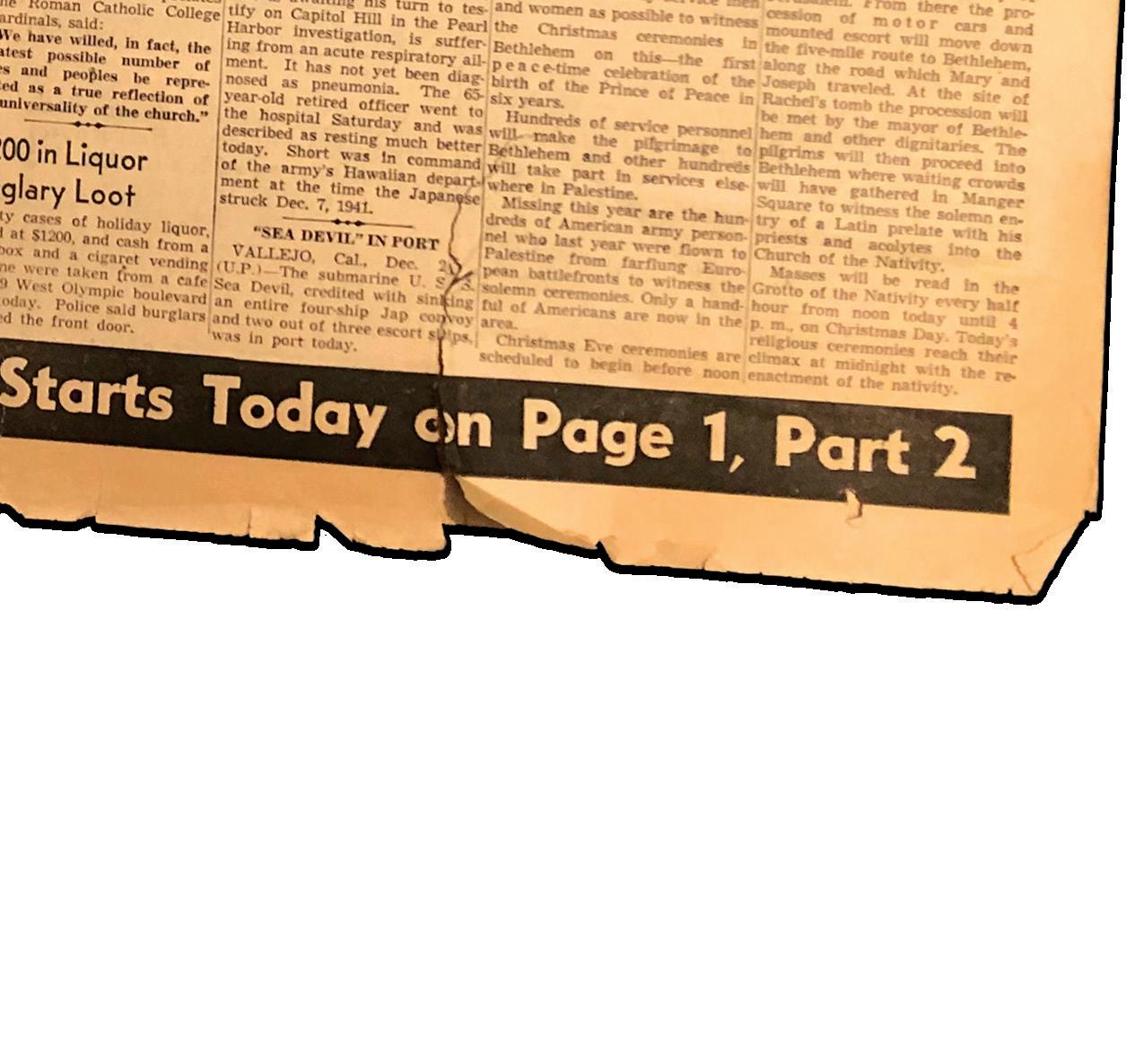
fully justifying the syndicate’s $1,500 advance to Rand.
Rand and Dickenson closed out the project with expressions of mutual respect. “It’s been grand working with you,” Dickenson wrote to Rand. “You are now a newspaperwoman with a byline on your first article—no mean feat.” Rand in turn offered Dickenson her “compliments and thanks,” adding: “You’ve done a swell job on an incredibly difficult undertaking—so pin a little medal on yourself from at least one grateful author.”
In March 1946, Rand wrote to Dickenson: “I enjoyed very much watching the strip run here, in the Los Angeles HeraldExpress. On the first day they announced it with a headline across the bottom of their front page. . . . I thought that was really swell of them. I enjoyed being a ‘newspaperwoman with a byline’ for thirty days (courtesy of Fred Dickenson). I always wanted to be a newspaperwoman, anyway.”
Archivists Jeff Britting and Audra Hilse discuss the making of the Archives’ first full online exhibit
To mark the launch of “Letters of Ayn Rand,” a permanent online exhibit from the Ayn Rand Archives, we spoke with archivists Jeff Britting and Audra Hilse about the exhibit’s genesis and future plans. The largest exhibit in the Archives’ history, “Letters of Ayn Rand” makes almost six hundred items from Rand’s correspondence available globally, for free, to all those interested in seriously studying Rand, using primary sources—high-quality images of the actual letters accompanied by digital transcriptions. Through such exhibits, the Archives will continue to support the Ayn Rand Institute’s mission by fostering an objective public understanding and appreciation of Rand’s literary and philosophic achievement.

Q. As you went through these hundreds of letters and prepared them for online access, what themes did you find particularly interesting?

Audra: I was really struck by how much twentieth-century American history is here. It’s not only the important people Rand is corresponding with, it’s also the sense that there was a real conversation happening as a reaction to the strong communist and socialist influences that were affecting the culture. There were people who could see that it was bad, and they were talking about how to fight this threat and what to advocate for. A lot of that conversation happens in her correspondence with thinkers and activists like Isabel Paterson, Leonard Read, Rose Wilder Lane and Channing Pollock.
Jeff: I agree with Audra. And the more you delve into this background, the more you see that there was a true, intellectual critique of the New Deal afoot. There was a parallel universe of right-of-center intellectual activity—a right-wing analog of the Algonquin Round Table in New York. Rand was corresponding with playwrights, humorists, belletrists, columnists, reviewers, political tacticians, even people in Hollywood, publishing, art and design—all of them communicating about cultural topics that have a right-of-center tinge to them. The Ayn Rand Papers are a portal into this vibrant community. The more of this material we bring to light, displayed in a curated fashion online, the more these kinds of conversations will be presented as forces to be reckoned with. All of this underscores the importance of Ayn Rand as an intellectual figure.
Q.
Jeff: Which ones to choose? [Laughs] There are the people that she had serious conversations with—like Isabel Paterson, John Hospers and Gerald Loeb. There are mentions of things, of other people, of books read, films seen, events in the world—if you then explore those things, sometimes there’s a whole new discovery to be made. These letters don’t exist in an isolated way. They’re part of a matrix. The jumping-off points are all over the place in the letters, and you get this connection to the conversation with two people, but also the setting, and other conversations—one layer of connection after another.
Audra: We have her correspondence with her husband’s family in the exhibit, and you get an interesting sense of the family dynamics that I wouldn’t have known about prior to reading these letters.

Q. Audra, do you have favorite letters from the online exhibit?
Audra: Aside from her letters to Gerald Loeb, which have really interesting writing advice, I do enjoy letter number 143 in chapter four. She wrote it to Nick Carter, one of her brothers-in-law. It’s a rather long letter and one of the more humorous ones. There are a lot of in-jokes, and it’s clear Ayn Rand and her husband were pretty close with Nick, and it’s much more personal than most of the other letters. She’s a lot less formal in it than she is in a lot of her letters, and it’s an interesting side of her to see.
Jeff: My favorite letter-related artifacts are enclosed in the Russian correspondence from Ayn Rand’s family to her. There are things like crushed and dried flowers from their country visits, pieces of fabric, and other artifacts that cement this wonderful relationship they had through letters. Let me add a personal anecdote: I had the opportunity at one point to go to where Ayn Rand lived in Hollywood when there was construction going on. I was right there when the mailbox from the original building was pulled off and put next to the dumpster. I swept in and grabbed the mailbox, and it is now in the Archives awaiting display in a diorama, further enriching this history of correspondence.
Tell us some of the things we can learn from the exhibit about Ayn Rand’s relationships with other people?
Q. Jeff, as an ARI archivist with full access to the collections, what are some of your favorite discoveries?
Audra: A lot of the work digitizing the papers in the Archives had already been done by Jeff, and the heavy lifting of the selection and commentary process was done by Mike Berliner [who edited Letters of Ayn Rand, which was first published in 1995]. He looked for letters that had new or interesting material and that weren’t included in the print version to add to the online exhibit. Jenniffer Woodson did a

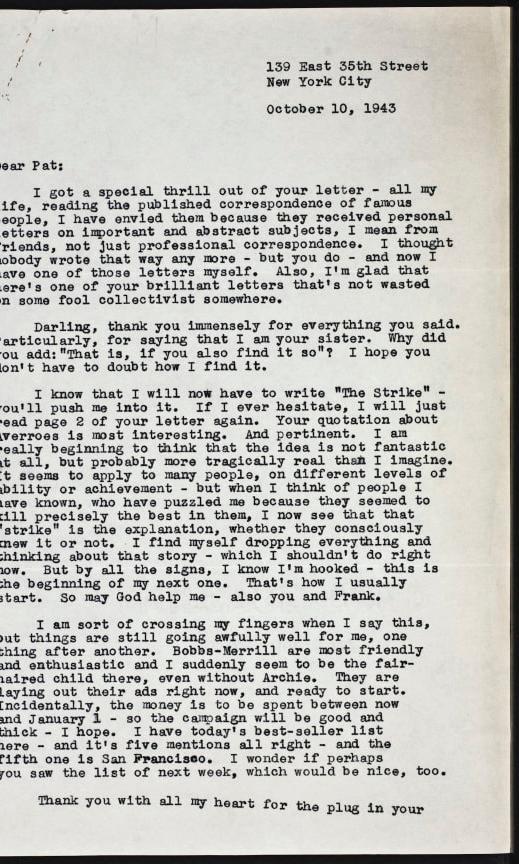
lot of work on the early stages of the project. The transcripts all had to be proofread for accuracy, which was a big job and took a lot of volunteer effort, which we really appreciate, and we want to give a call out to all our volunteers for their help.
Jeff: Two of the volunteers, David Hayes and Ginger Clark, are early friends of ARI and were around during all iterations of this project, even going back to the pre-digital phase. Many thanks to them. It does take a whole team to put something like this together, and the online exhibit wouldn’t be possible without all the work Audra has put in, all the work Vinny Freire and his IT team put into it, spearheaded by Tal and his focus on preserving Ayn Rand’s legacy. It’s making what we do, what we love to do, at the Archives, all that much simpler and easier.
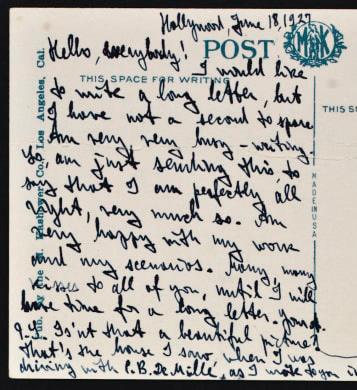
Jeff: Yes, that is the plan. The digitizing and reformatting has been going on for years, but curating and placing materials in a public space is a new initiative that the Archives plans to do more of. This is an auspicious time for the Archives. During the pandemic, when people couldn’t go out and visit museums in person, there was a push from museums to move the exhibit experience online. Several types of presentation software became available and were tried and polished. The Ayn Rand Archives is walking into this new era with a market that has been created for online exhibits.

The new digital infrastructure we’ve adopted at the Archives is a game-changer. In years past, when the Archives looked into any kind of online package for presenting material, it was always software developed for some non-museum, non-historical purpose, such as advertising or fundraising. So the system always had to be adjusted to address the Archives’ specific holdings, and the exhibit options were always limited. Now there’s infrastructure in place that makes the writing, curating and selecting—the fun stuff!—that much simpler.
Audra: All this will make it easier to format future exhibits. Each new exhibit will still have its own set of challenges and work to get the material prepared for an online space, but it will be easier on the technological side now that we have templates and a database in place. The other side of the work still has to happen, the selection, transcripts, research and writing that goes into any exhibit.
The English note on this postcard was probably translated into Russian and sent to Ayn Rand’s family in Leningrad. Although she kept hundreds of letters her family sent to her, there are no copies of the letters she wrote to them. Ayn Rand had a chance meeting with Cecil B. DeMille on September 4, 1926, when she went to his studio with a letter of reference. He subsequently hired her as an extra, then as a junior screenwriter.
Front of postcard: Cecil B. DeMille’s Home, Hollywood, California
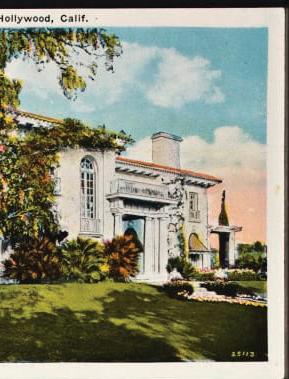
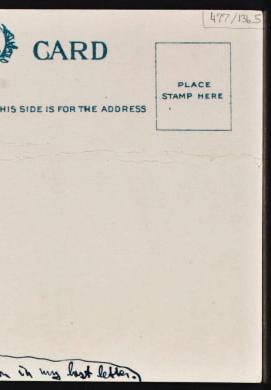
Reverse of postcard: Hollywood, June 18, 1927
I would like to write a long letter, but I have not a second to spare. Am very, very busy—writing. So, am just sending this, to say that I am perfectly all right, very much so. Am very happy with my work and my scenarios. Many, many kisses to all of you, until I will have time for a long letter. Yours, A.
P.S. Isn’t that a beautiful picture? That’s the house I saw, when I was driving with C. B. DeMille, as I wrote to you in my last letter.
Audra: To build on Jeff’s earlier comment, a major priority for the archives team is to build and present many more online—as well as occasional in-person—exhibits. Tal has set out an ambitious vision for the Archives, and we’re excited to work to realize it. We have a long list of exhibits that we plan to roll out. This is a multi-year plan, and I’m happy to offer a brief preview. Our aim is to use the materials in the Archives to help illuminate Rand’s work as a novelist and philosopher. Work is already underway on the next major exhibit: it will focus on The Fountainhead. We expect to have a lot more to announce in the coming months, so stay tuned!

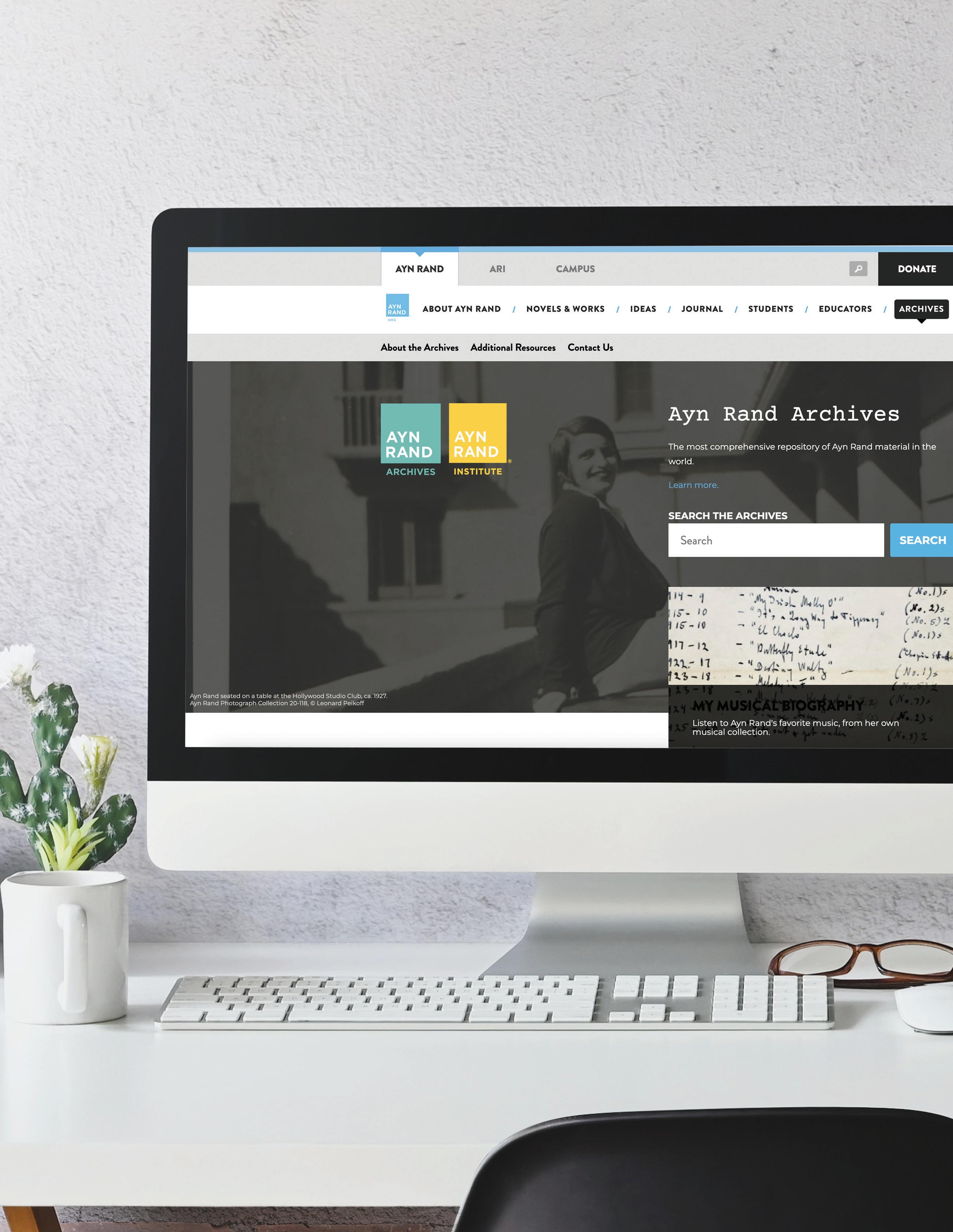
ARI’s archivists’ favorite letters from the exhibit

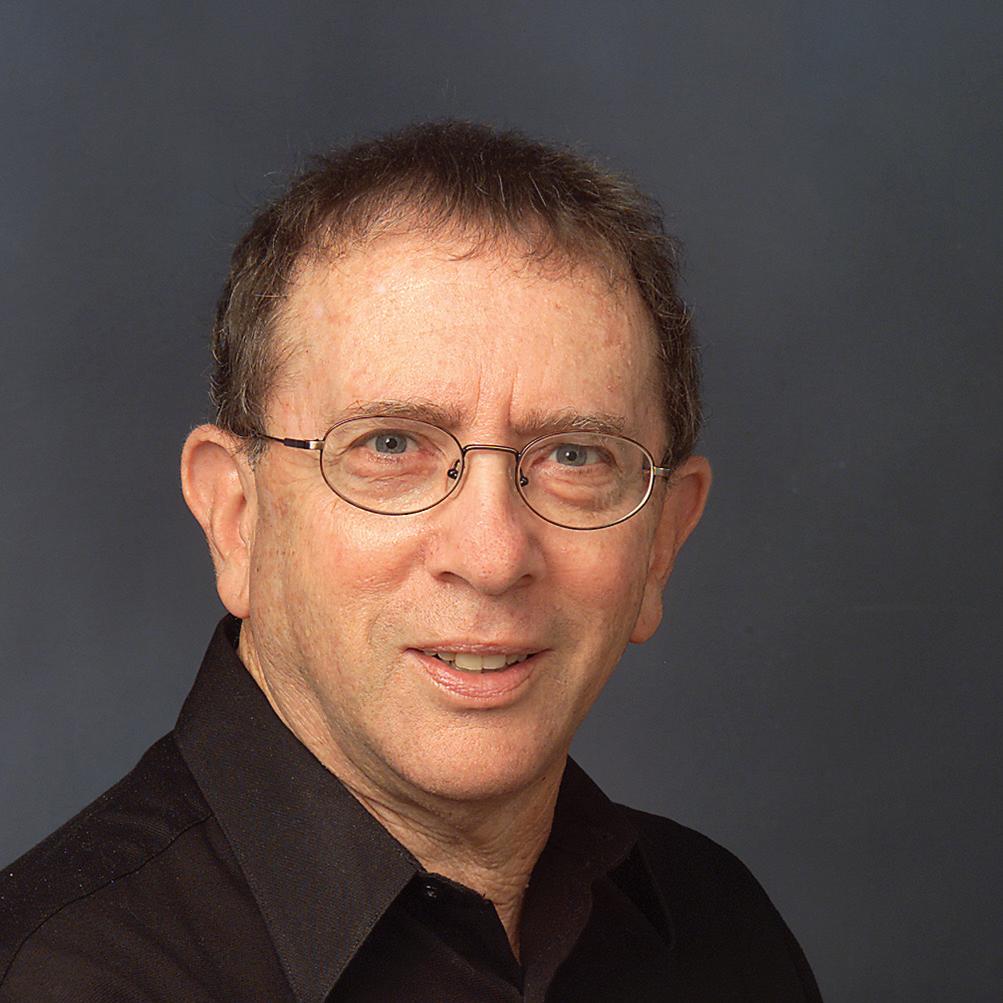
Mike’s introduction to Objectivism was from reading The Fountainhead in 1957, so Ayn Rand’s letter to Frank Lloyd Wright in response to Wright having read The Fountainhead (Letter 115) has a personal connection for him. He was struck by the meeting of two of the great geniuses of history, here in this letter and in their other correspondence.
View this letter online by going to Chapter 3 of the exhibit and clicking on letter 115: www.aynrand.org/chapter3
The Ayn Rand Archives’ groundbreaking Letters online exhibit puts almost 600 letters with high-quality images, transcripts, and commentary at the fingertips of interested researchers and Ayn Rand fans all over the world. Archivists Mike Berliner, Jeff Britting and Audra Hilse share the letters that touched them personally in the course of their work on the exhibit.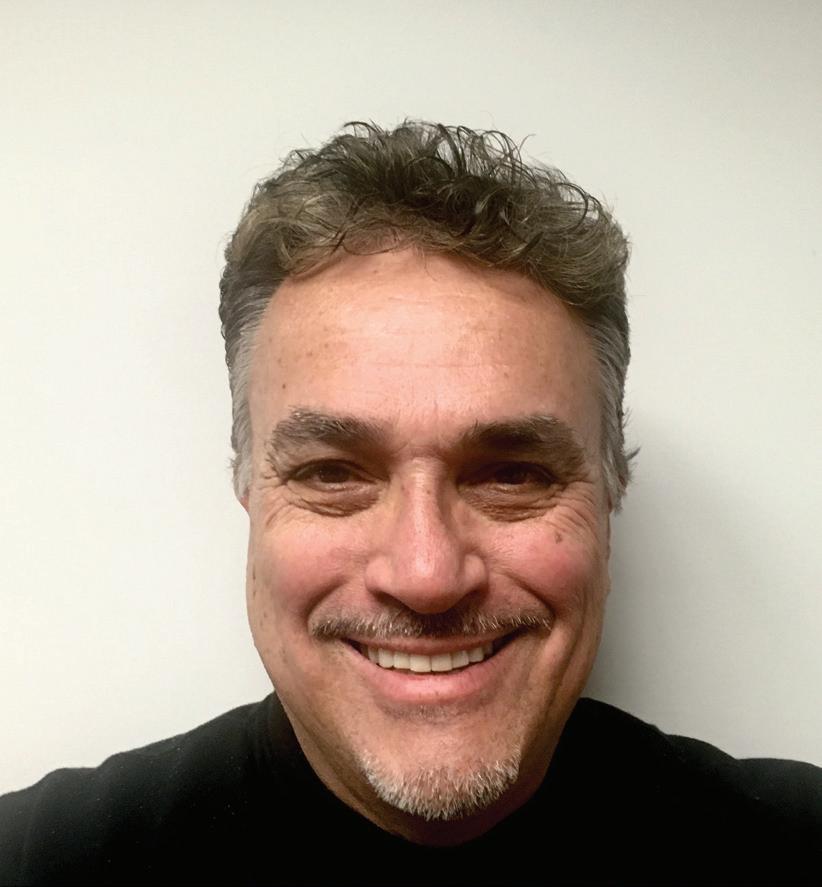
Rand’s letter to Colin Clive (Letter 14), where she wrote about the spiritual, deeply personal, positive reaction she had to his performance in a stage play which she had just seen, is Jeff’s favorite. It’s a beautiful letter, and there was a line in it that was so captivating that it made its way into the documentary Ayn Rand: A Sense of Life, which Jeff associate produced.
View this letter online by going to Chapter 1 of the exhibit and clicking on letter 14: www.aynrand.org/chapter1
As a writer herself, Audra’s favorite letter from the collection is from Rand to Gerald Loeb (Letter 136), in response to his request for writing advice. The advice she gave him is still relevant, and very different from the advice writers are offered today—particularly when Rand told him to tell the story he wanted to tell, do it well, and then find people who wanted to read it.

View this letter online by going to Chapter 4 of the exhibit and clicking on letter 136: www.aynrand.org/chapter4
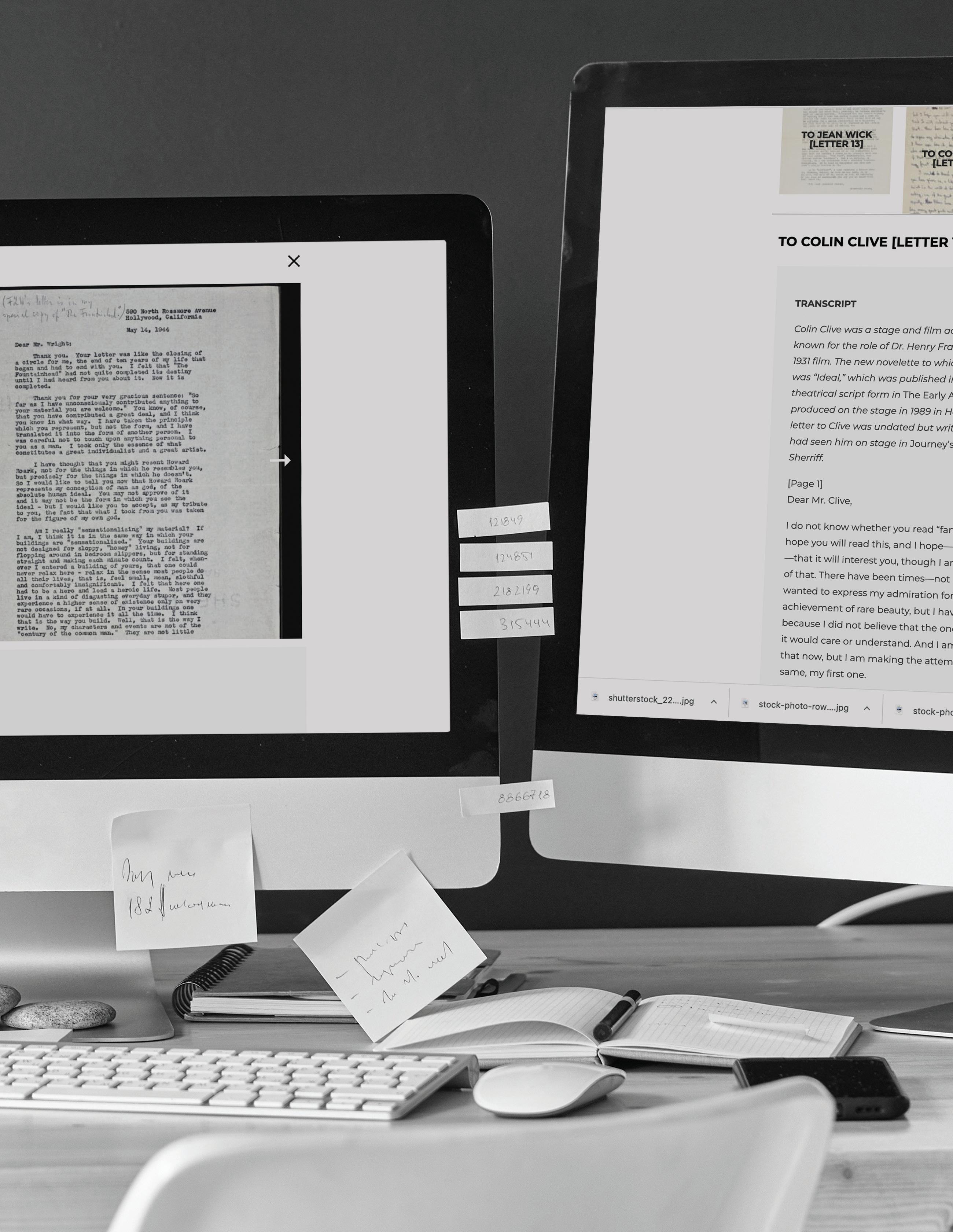
ARI’s essay contests have introduced key members of our community to Ayn Rand’s ideas
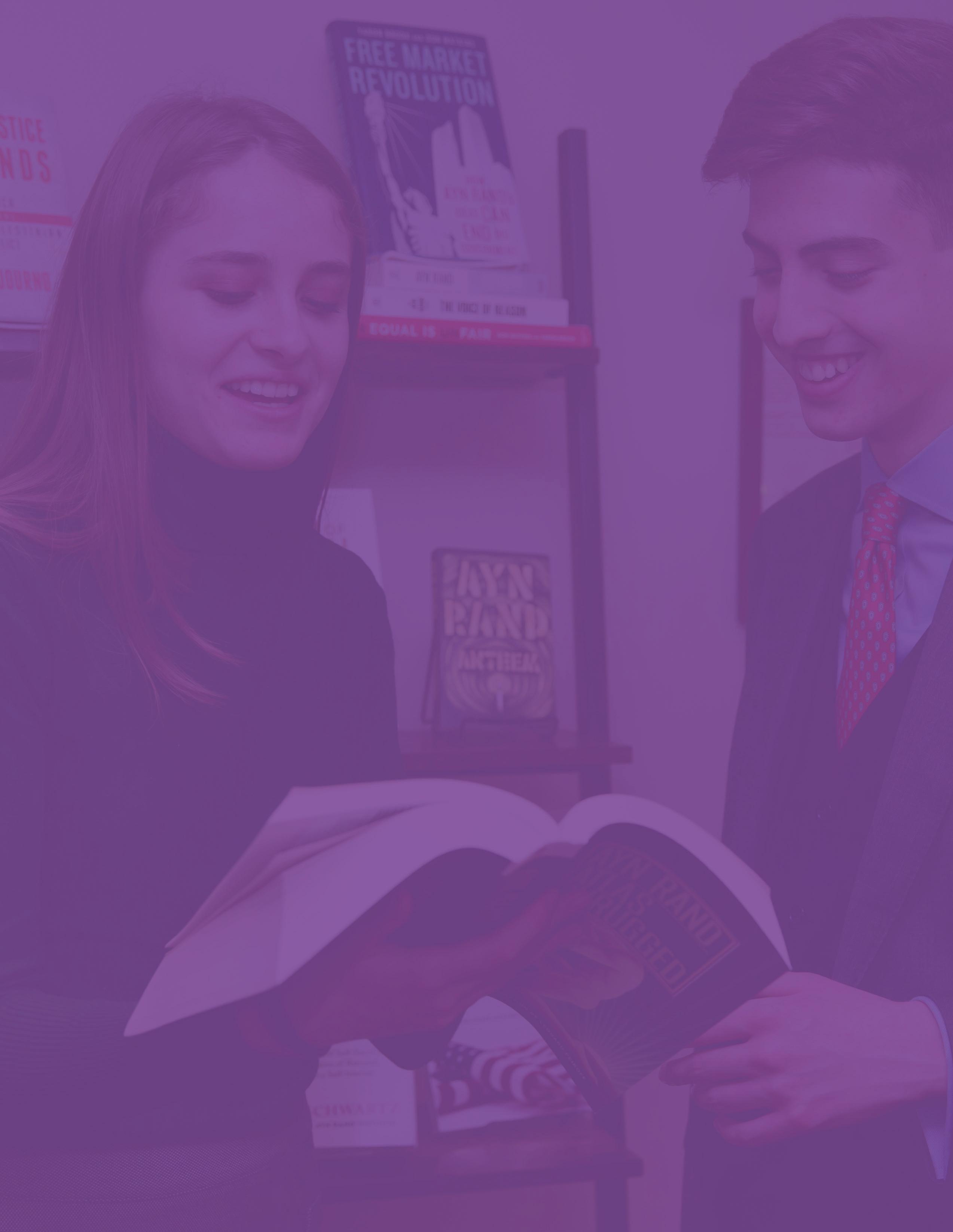
The essay contests are one of ARI’s oldest, most successful programs, and part of their brilliance is that they facilitate an intimate and serious meeting between two minds—the student and Ayn Rand.

Whether the essay contest introduces a student to Ayn Rand or encourages a student already acquainted with her ideas to understand them better, it often plays an integral role in the intellectual journey of a serious young thinker.
We asked several Objectivist intellectuals and professionals to talk about participating in the essay contests and what it meant for them:
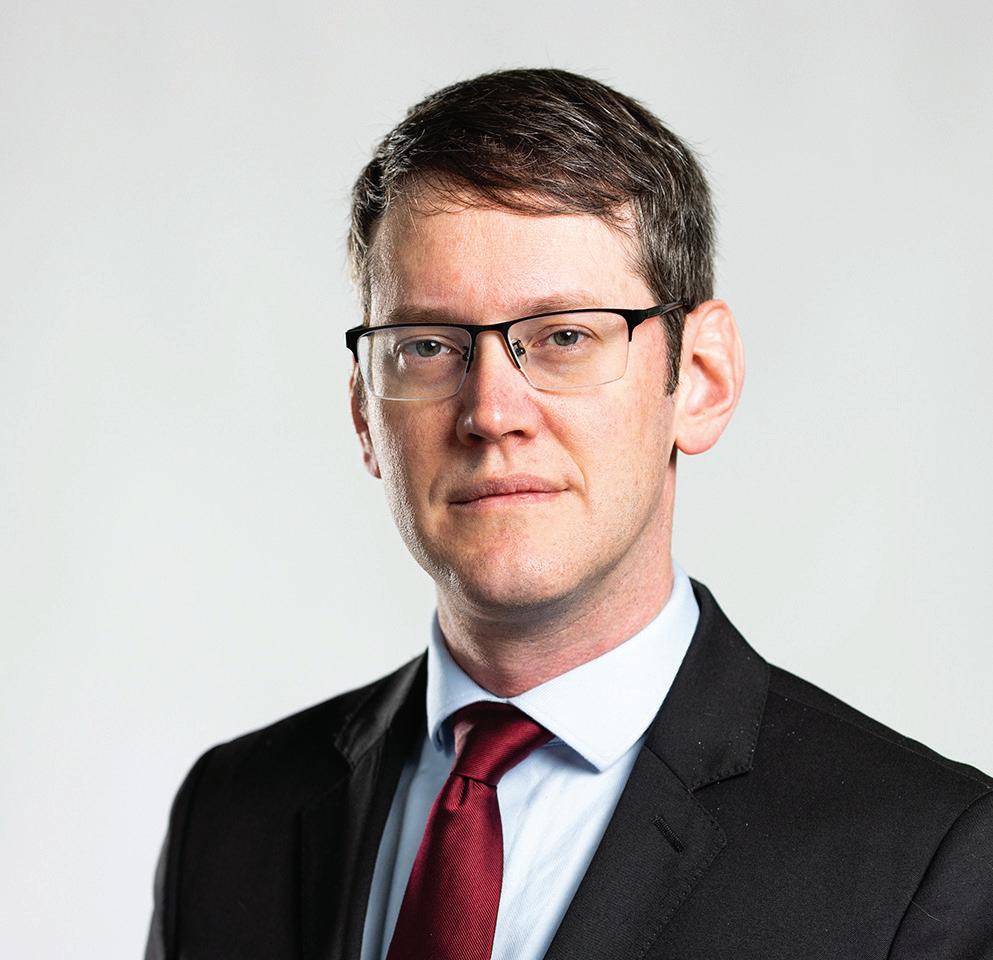
Fellow
The essay contest was the reason I was motivated to read an Ayn Rand novel—as a religious high school student, leaning politically left—and there were two factors that drew me to the contest.
One, I was in interscholastic debate, and you would often hear people quoting Ayn Rand in debate rounds; at some point, I decided to browse through Philosophy: Who Needs It to see if I could use any of her arguments for my cases.
Second, I was applying to colleges and I needed money, so I was applying for lots of scholarships. I found out about the ARI essay contest and figured that since I had been reading some Rand already— even though I didn’t agree with her—I was pretty well positioned to read The Fountainhead and write an essay about it. I intended to write an impressive critical essay.
When the deadline rolled around, I hadn’t finished the book yet—but I wanted to keep reading, because even halfway into the novel, I was hooked. It totally changed my way of thinking about the world, and it changed my mind about almost everything. I recognized aspects of Peter Keating in myself, and that shook me up—I decided that I wanted to be much more like Howard Roark.
I first read The Fountainhead when I was in 8th grade; by the time I started high school I had read all of her major fiction works. The Anthem and Fountainhead essay contests were an opportunity to revisit them, to think more deeply about them, and—this should not be underrated—to practice clear, structured writing.
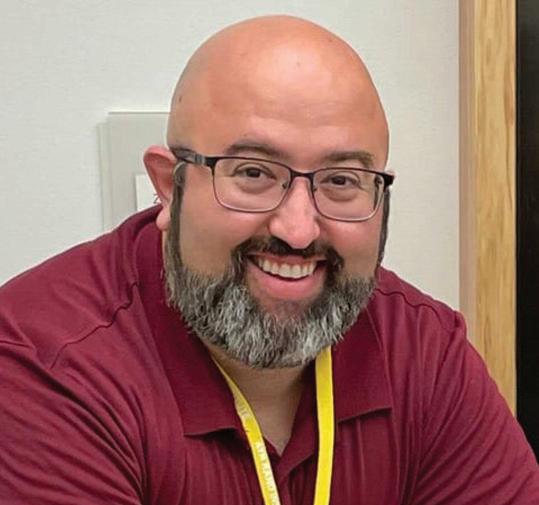

The essay contest was my formal introduction to the Ayn Rand Institute. I had seen one of their fliers in my copy of We the Living, but it wasn’t until I participated in the essay contest that I became involved with ARI. Prior to my studies of Ayn Rand with the Institute, I had no true education. I always hated school. Suddenly, I was studying philosophy, literature and even grammar. I read the books Ayn Rand and the ARI intellectuals recommended. I began writing with fervor. Through my educational experiences with ARI I discovered specific values to pursue, and I learned how to pursue these and other values. For me, the impact of the contest was enormous and life-altering.

Psychologist:
I learned of the essay contest when I first read The Fountainhead as a freshman in high school. I was ineligible at that time for the Fountainhead essay contest, but I just didn’t care—I so wanted an outlet for grappling with this immense feeling that my life had just changed, and for somehow sharing and expressing that on paper, that I just poured out an essay that made no sense to anyone but myself; basically a stream-of-consciousness essay. And I went ahead and sent it off to the essay contest!
Obviously, I never heard back from anyone, but that didn’t matter, because that was the first time that I put words on paper to express what this book meant to me—I needed to do it for myself. So that was my first submission to the essay contest!
[Editor’s comment: Dr. Gorlin went on to win The Fountainhead contest twice in later years.]
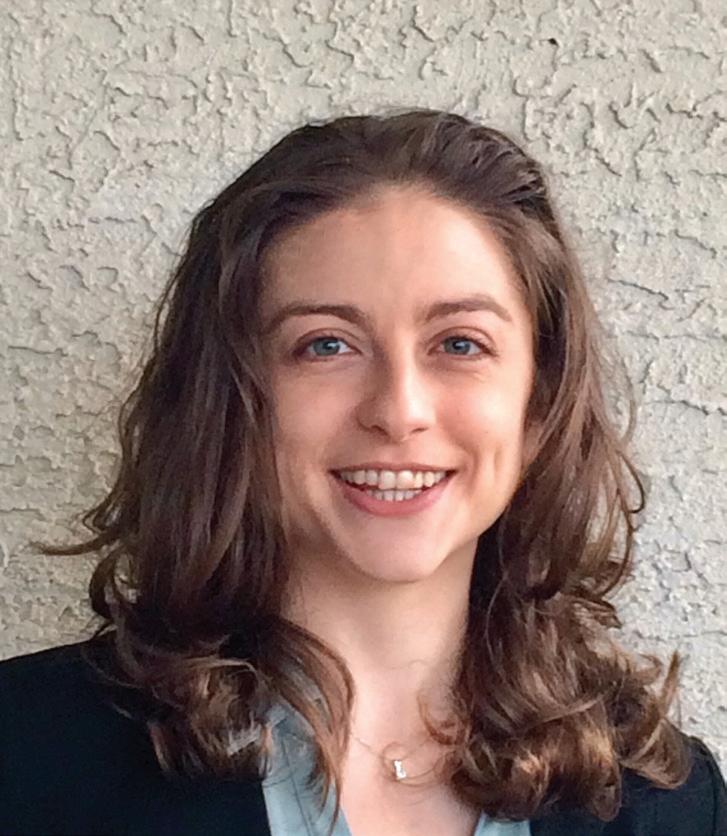
The essay contests definitely played a role in introducing me to Atlas Shrugged and Ayn Rand’s ideas. I don’t know when or whether I would have heard of Ayn Rand were it not for the essay contests.
In addition to obvious values like the prize money and Ayn Rand’s work, the contests introduced me to the Objectivist community, which has been a source of valuable personal relationships and career/networking opportunities. At the time I read it, I was in the midst of my own ideological shift away from the Christian worldview I grew up with, and I didn’t have many people around me who were interested in discussing ideas—so when I encountered the essay contest, I knew I would be interested in reading those books and in knowing the kind of people who would sponsor an essay contest on those books. It gave me hope that there are people like me out there.

I was already running [an Objectivist] campus club when I participated in the essay contest, so for me, the contest was an opportunity and an impetus to engage with Ayn Rand’s ideas more deeply and more critically, and to develop my writing, which has been core to who I am. The essay contest prompts served as a lens through which I’d read and investigated the ideas in Atlas Shrugged—and it inspired conversations and reflections.
The essay contest also became a point of connection between those who participated, as a shared experience, and I developed friendships with other participants and finalists. I subsequently found out that my wife, Rebecca Girn, also participated in the essay contest and had become a finalist—and that was another point of connection between us, and we have had many years of banter about that! (Rebecca Girn is featured on page 6, discussing her intellectual journey.)

Stories like these, and countless others, reinforce why one of ARI’s oldest programs continues to be among its most valuable.
According to Aaron Fried, director of Ayn Rand University growth, “The purpose of the essay contest is to ensure that students have the opportunity to read and to think about Ayn Rand’s novels firsthand. We then encourage those students who are most eager to learn more to do so by connecting them with resources, such as other Rand works and ARU courses, to help them further understand the ideas behind Rand’s novels.”


To keep stoking the flames that were sparked through the essay contest, ARI now offers more intellectual guidance for highly motivated participants as they learn about and navigate Ayn Rand’s philosophy after reading her fiction—regardless of whether they place in the contest. A next step after participating in the essay contest? Join an ARI youth reading group. As Aaron Fried puts it: “If you’ve read Atlas Shrugged and written an essay about it, the next thing you probably want to do is read The Virtue of Selfishness, read Philosophy: Who Needs It, read The Romantic Manifesto—and that’s what these reading groups are designed to facilitate.”



When asked about his parents, ARI Benefactor Dr. David Harrison said, “They consistently taught me to live with integrity, guided by principle.” When the couple recently passed, Dr. Harrison reflected on their lives and values. He decided to honor their memory with a gift to the Ayn Rand Institute that would reflect the integrity of their ideals—and their consistent support of the Institute since its inception in 1985.
Over the course of several conversations with Matthew Morgen, ARI’s director of development, Dr. Harrison decided that his parents, the late Dr. and Mrs. Harrison, would have been proud to see their legacy providing scholarship opportunities for students studying Objectivism, given that his parents fostered a household that celebrated reason and Ayn Rand’s Atlas Shrugged. “Ideas, actions, and accomplishments, rather than race or socioeconomic status, defined my Dad’s identity,” Dr. Harrison said.
David’s father, Dr. Winston Harrison, was the son of Jamaican immigrants who came to New York City in the 1920s. Winston’s mother raised three children and went to nursing school in the evenings, providing her son with a powerful example of purposeful determination. A young man of African descent, Winston grew up during the rise of the 1960s counterculture. As a teenager, however, he picked up a copy of Atlas Shrugged—a defining moment in his life.
David’s mother, Susan, also immigrated to New York City. Her family fled the Nazis in Czechoslovakia and Germany. She worked to put herself through school and eventually attended Columbia’s school of nursing, where she met Winston.

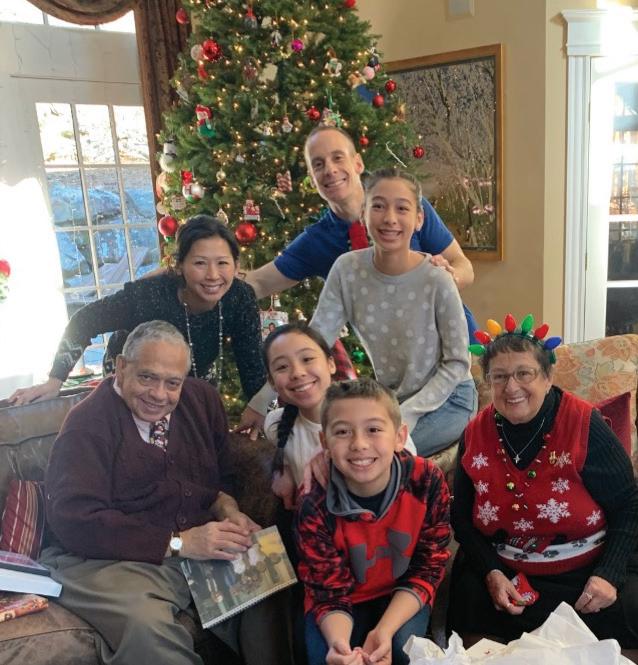
Their ideas and example resonated deeply with their son. He saw his dad’s integrity and commitment to reason as well as his beliefs in the sovereignty of the individual and the importance of living by principle as cornerstones of a good life. To this day, when facing a problem, Dr. Harrison asks himself, “What would my Dad do here?” Dr. Harrison sees his parents’ interracial marriage as a testament to the true role of reason in life. Dr. Harrison saw firsthand that “reason formed the foundation for a very loving and
compassionate marriage,” a marriage that lasted over 50 years until the elder Dr. Harrison’s death.
Dr. Harrison noted that “It is difficult to convey fully how important Ayn Rand’s ideas have been for my family.” Now to honor that incomparable value, Dr. Harrison is ensuring that his parents’ legacy will continue to make a difference in the world through the lives of scholarship recipients. This memorial fund creates scholarships for four students to attend OCON and one student to attend Ayn Rand University each year.
Dr. Harrison’s parents hoped that Objectivism would inspire future generations of thinkers and doers, cultivating the spread of the virtue of rationality, which characterized their own lives.
Dear Dr. David Harrison,
I wanted to take this opportunity to get in contact with you and offer appreciation for the remarkable gift you’ve given me. The ARU course is a great resource for integration for Objectivist ideas. Before starting this course, I had only a general idea of the concepts that pertain to the study of Objectivism, but did not have those ideas integrated nor tied to reality.
This course has helped me integrate them and train my thinking abilities to have a grasp of Ayn Rand’s ideas and their relation to reality and to the different aspects of my life.
I have learned from self-reflection many things that are important to me that I didn’t previously have the opportunity to analyze from a reality-oriented perspective. I’m still working on perfecting myself in this amazing journey of life!
With an active mind and the posture of continuous learning, I navigate it. This is an example of how helpful your donation has been to my studies, and therefore I am here to thank you for making that possible and for persisting in the highly honored task of spreading Ayn Rand’s ideas to the world.
I also want to appreciate and honor the work of your parents and the great guidance you have had from them.
Sincerely, Franco
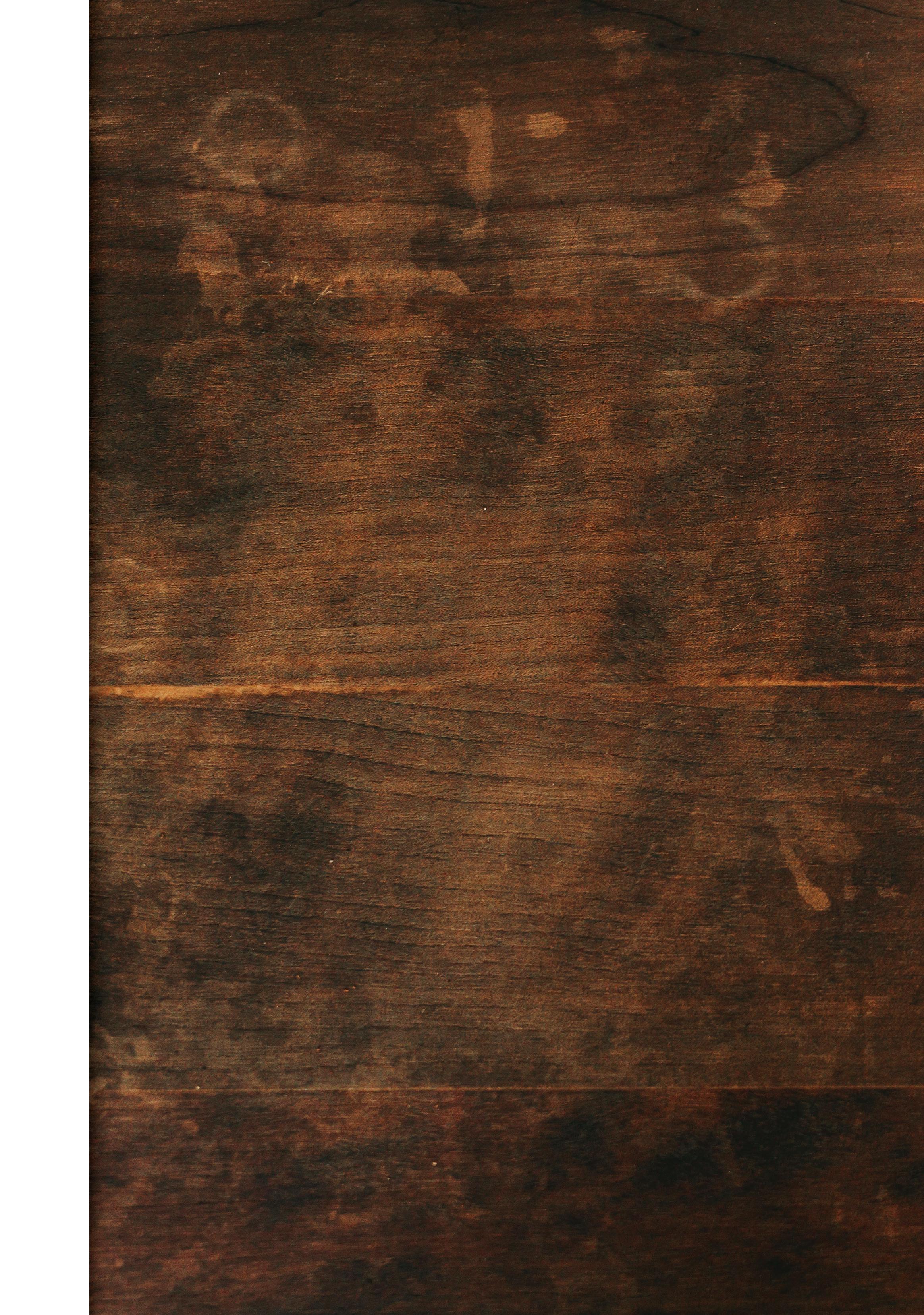
The fund’s first Ayn Rand University scholarship recipient, Franco, wrote to express his gratitude for the opportunity to study at ARU and the tremendous impact it is having on his life.
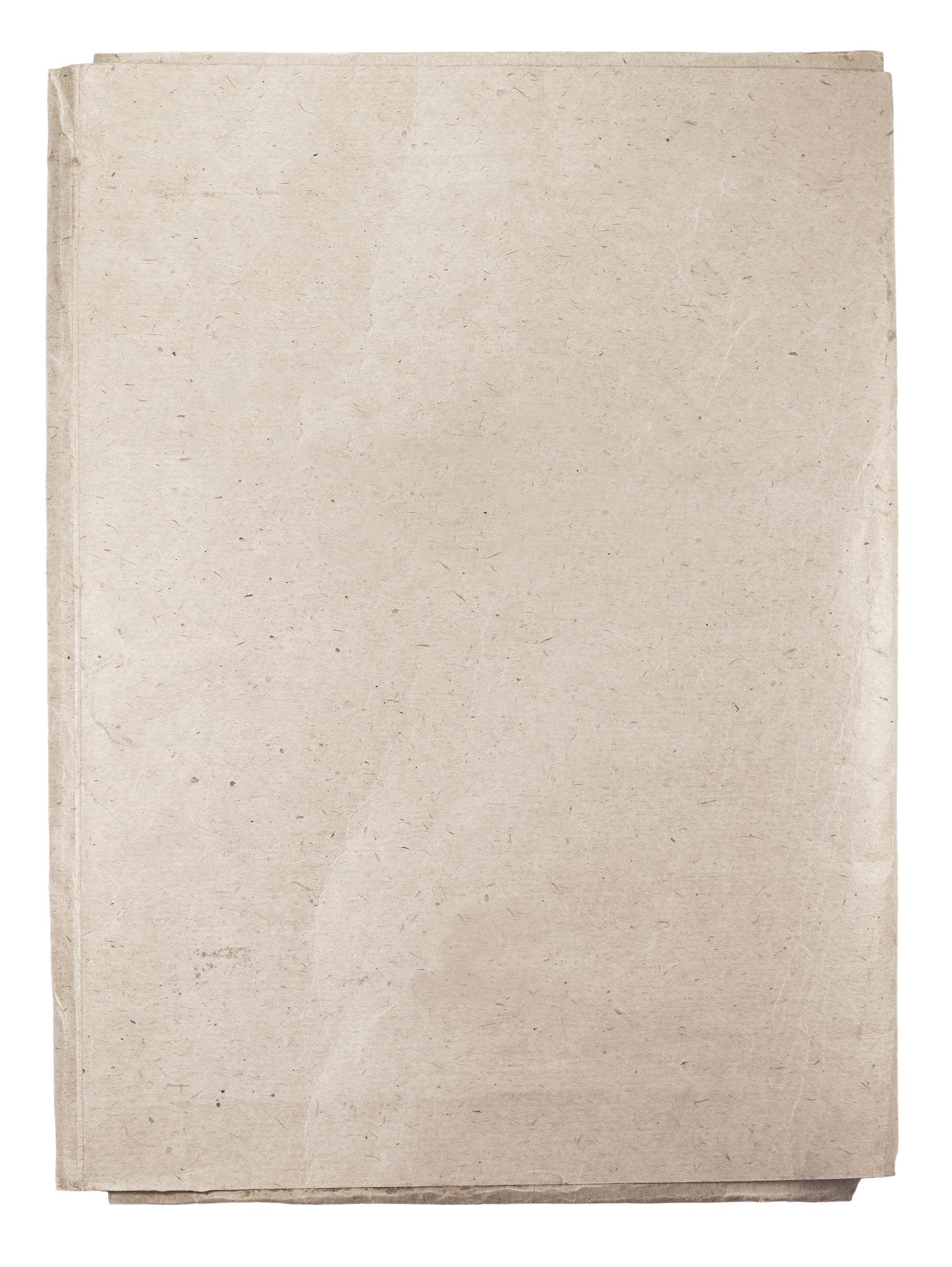
The memorial fund created with Dr. Harrison’s gift is an example of one way to participate in ARI’s planned giving program. And anyone, at any income level, can make a planned gift that advances their ideals during and beyond their lifetime. The simplest way is to make a straightforward bequest; just name the Institute in
It may also be possible to donate a planned gift today to enjoy seeing the impact it has during your lifetime. In addition to immediately supporting ARI’s mission, accelerating a planned gift of stock, an IRA, a charitable gift annuity or a life insurance policy, or even a gift of real estate may benefit your tax situation today.
your will and notify us that you’ve done so. This includes you as a member of Atlantis Legacy.
Participation in ARI’s Atlantis Legacy program doesn’t require huge sums of money. There are various ways to become an Atlantis Legacy member. If you’d like to find out about how to create your own planned gift, we’re happy to guide you through the process. This method of support allows the Institute to fulfill its mission more methodically and to continue planning long-term projects, like the growth of Ayn Rand University, because the giving is planned in advance.
Planned giving allows your legacy to live on. Anna Steinberg, a member of ARI’s development team, says: “Individuals who were impacted by Ayn Rand’s ideas personally want to make sure her work is available to as many people as possible. That’s why we’re excited to present these planned giving opportunities. Furthermore, these gifts can be made even more special by honoring the very important people in our own lives with the creation of memorial scholarships.”
The name of ARI’s planned giving program, Atlantis Legacy, was inspired by the mythical island’s significance in Atlas Shrugged and Ayn Rand’s use of it as a symbolic representation of the ideal world. As Rand wrote in Atlas Shrugged: “The Isles of the Blessed. That is what the Greeks called it, thousands of years ago. They said
Anyone, at any income level, can make a planned gift that advances their ideals during and beyond their lifetime.
Atlantis was a place where hero-spirits lived in a happiness unknown to the rest of the earth. A place which only the spirits of heroes could enter, and they reached it without dying, because they carried the secret of life within them.”
In celebrating the legacy of his beloved parents with the Institute, Dr. Harrison wrote, “As my Dad always impressed upon me, ideas and principles truly matter.
The fund provides four OCON student scholarships every year. Here, OCON scholarship recipients share their experiences.
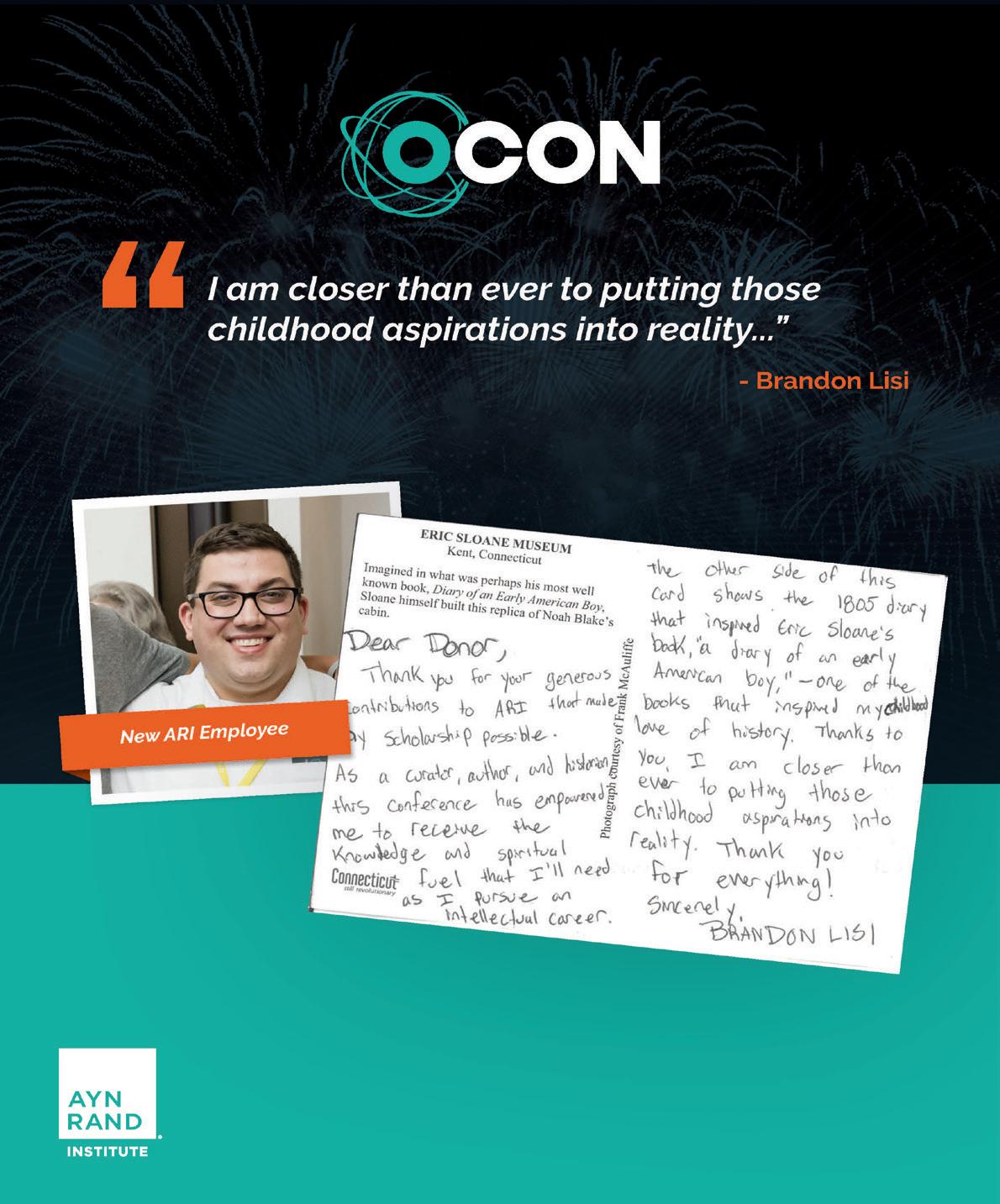
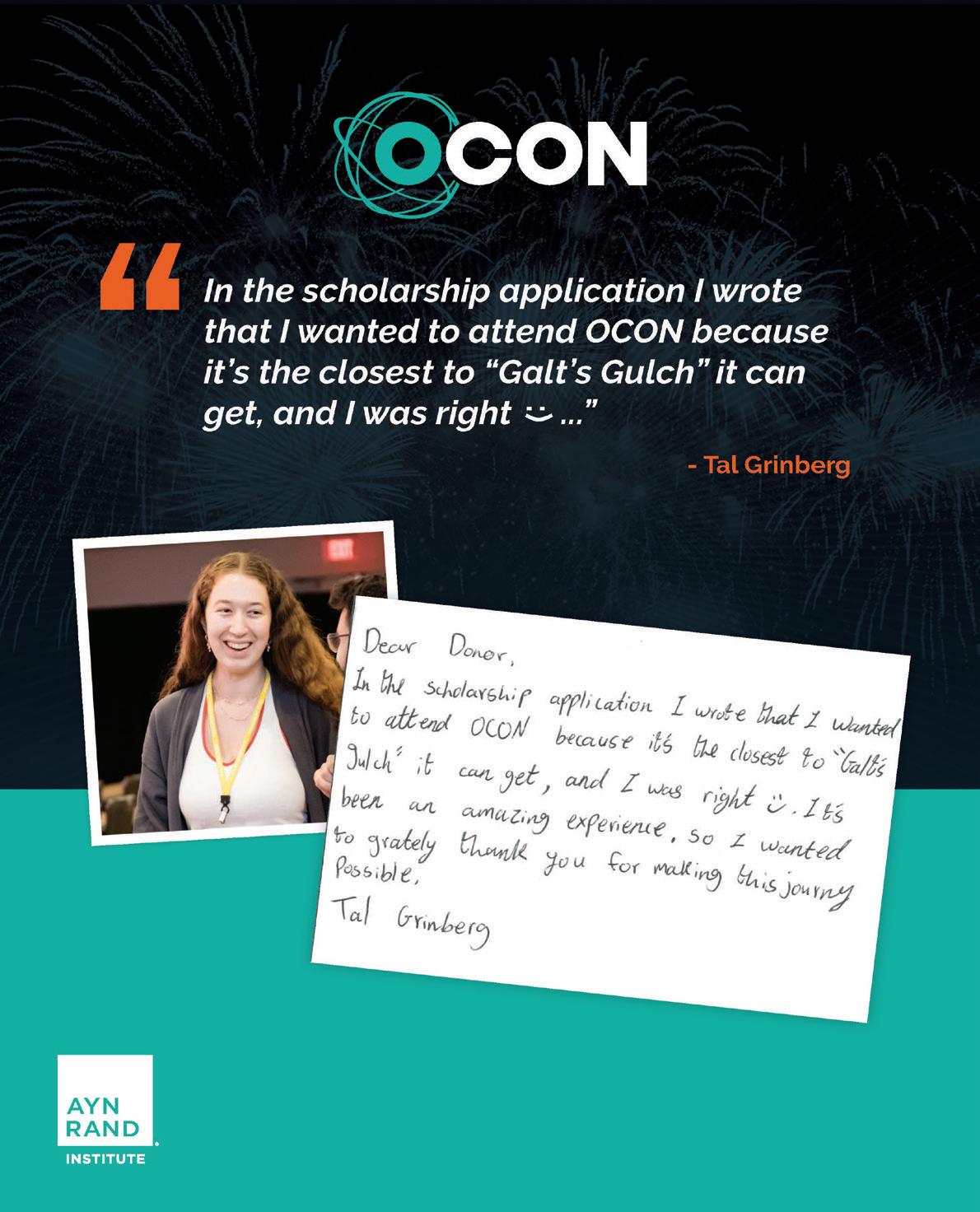
Hopefully, the learning gained and the ideas formed and honed through the study made possible by these scholarships can serve as a part of my parents’ legacy.”
Gifts like these ensure ARI’s ability to advance Ayn Rand’s ideas far into the future and help bring about a new world—one more like the ideal of Atlantis in Rand’s Atlas Shrugged.
For more information, visit www.atlantislegacy.org, call us at (949)365-6552, or send an email to donorservices@aynrand.org.
“The conference offered a lot of inspiring and illuminating content and superb opportunities for meeting people and for personal discussions. I greatly enjoyed and benefited from the whole event,” said Jiri Kinkor. Thank you to everyone who joined us—virtually and in person—for an incredible lineup of speakers, the re-mastered film version of We the Living, a meaningful performance of portions of The Fountainhead, and ARI’s annual Gala. We hope to see you all at OCON 2023 in Miami, Florida.

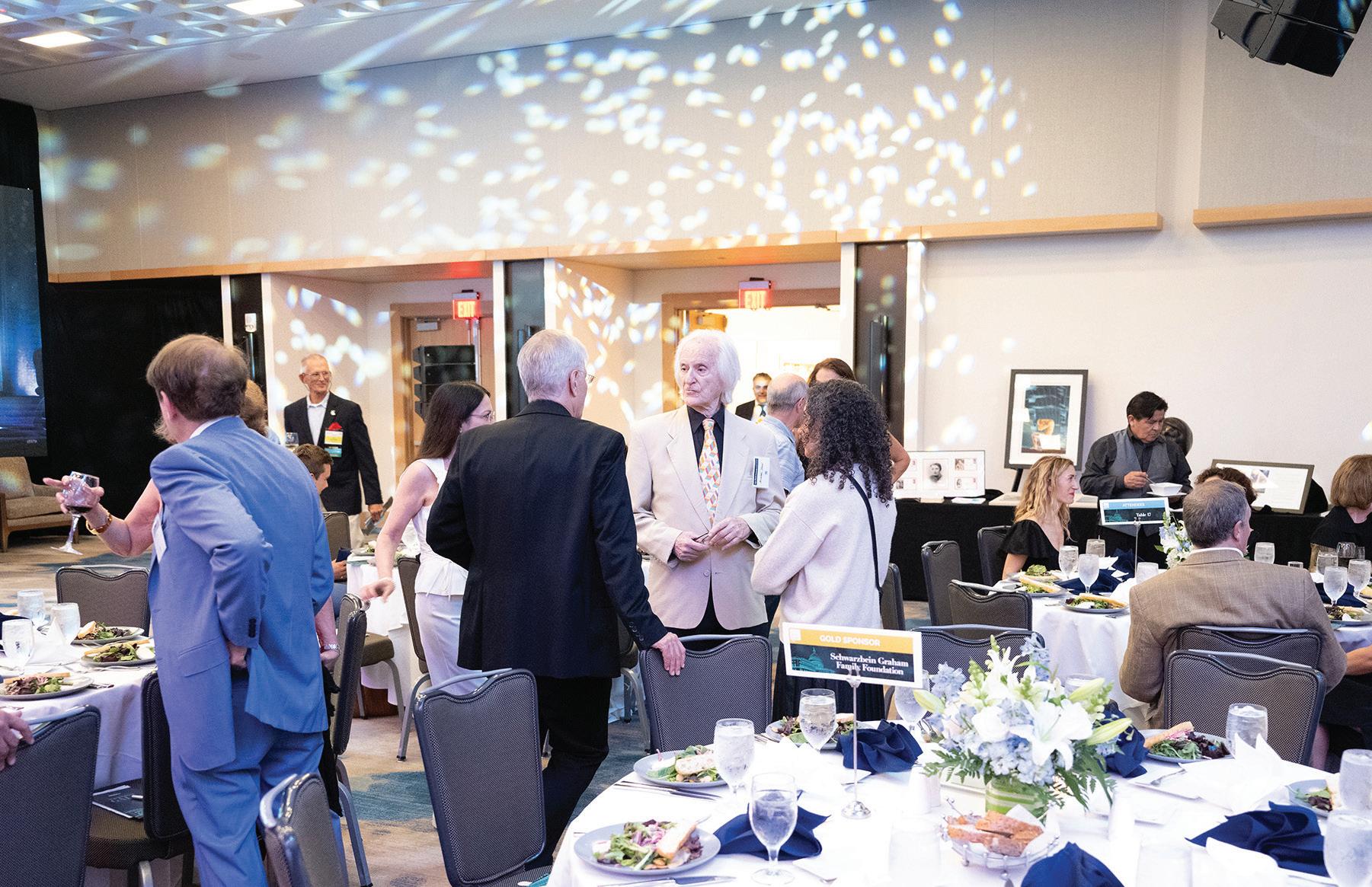
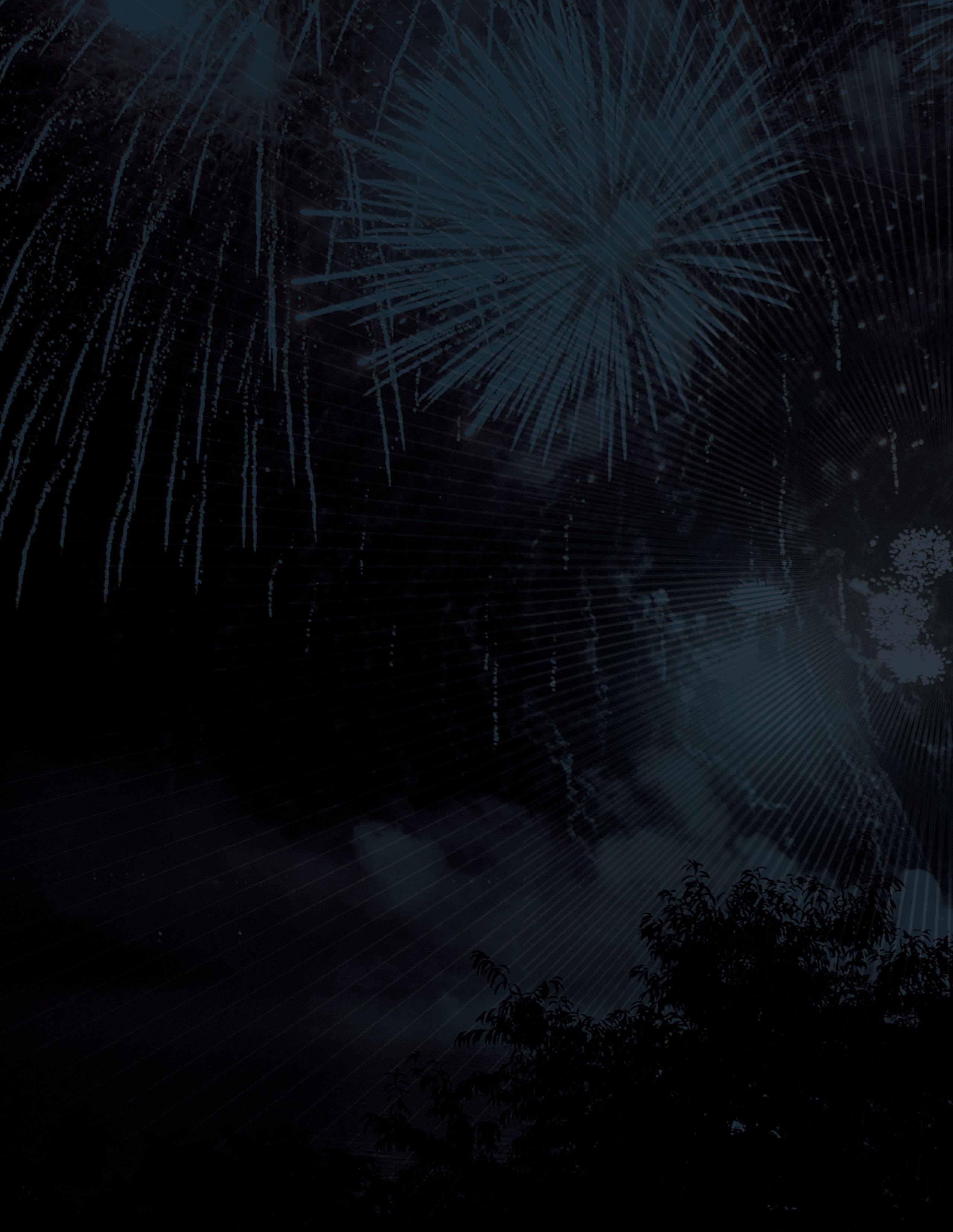


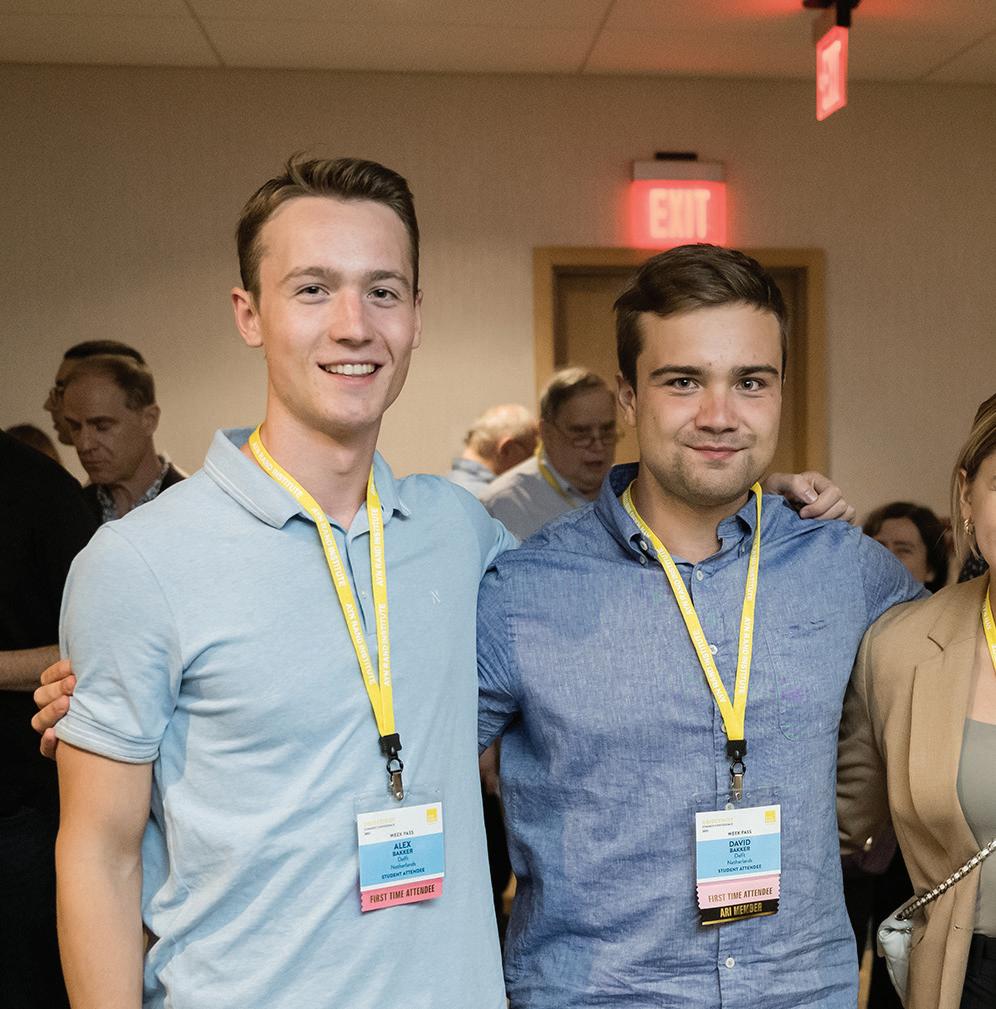
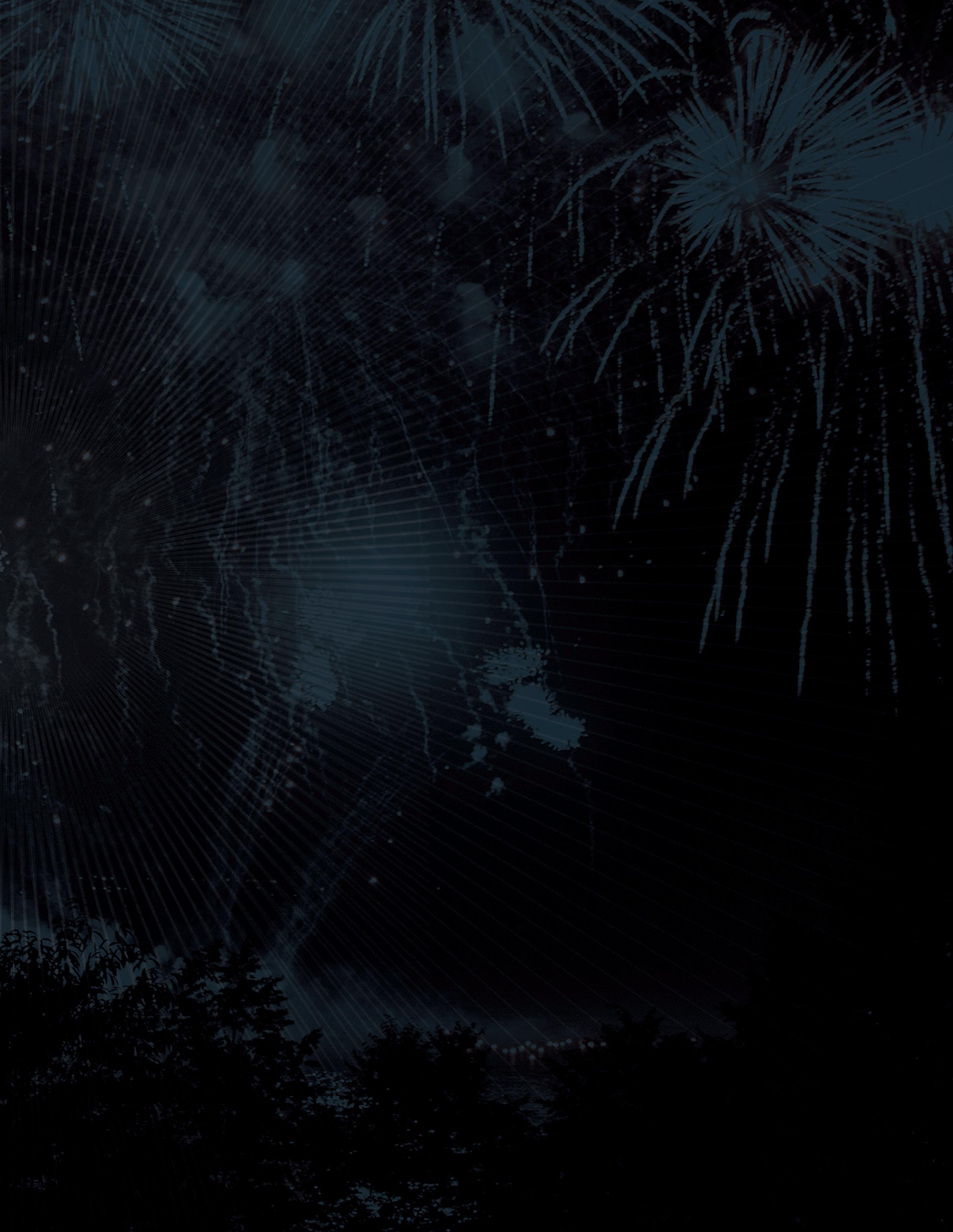



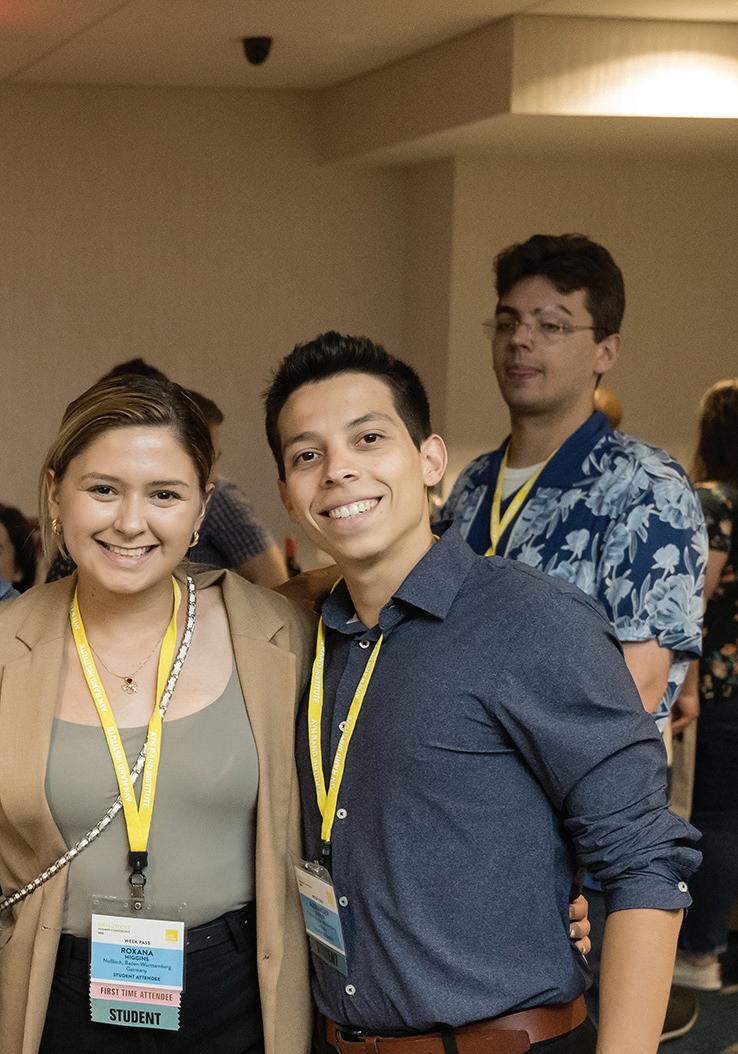

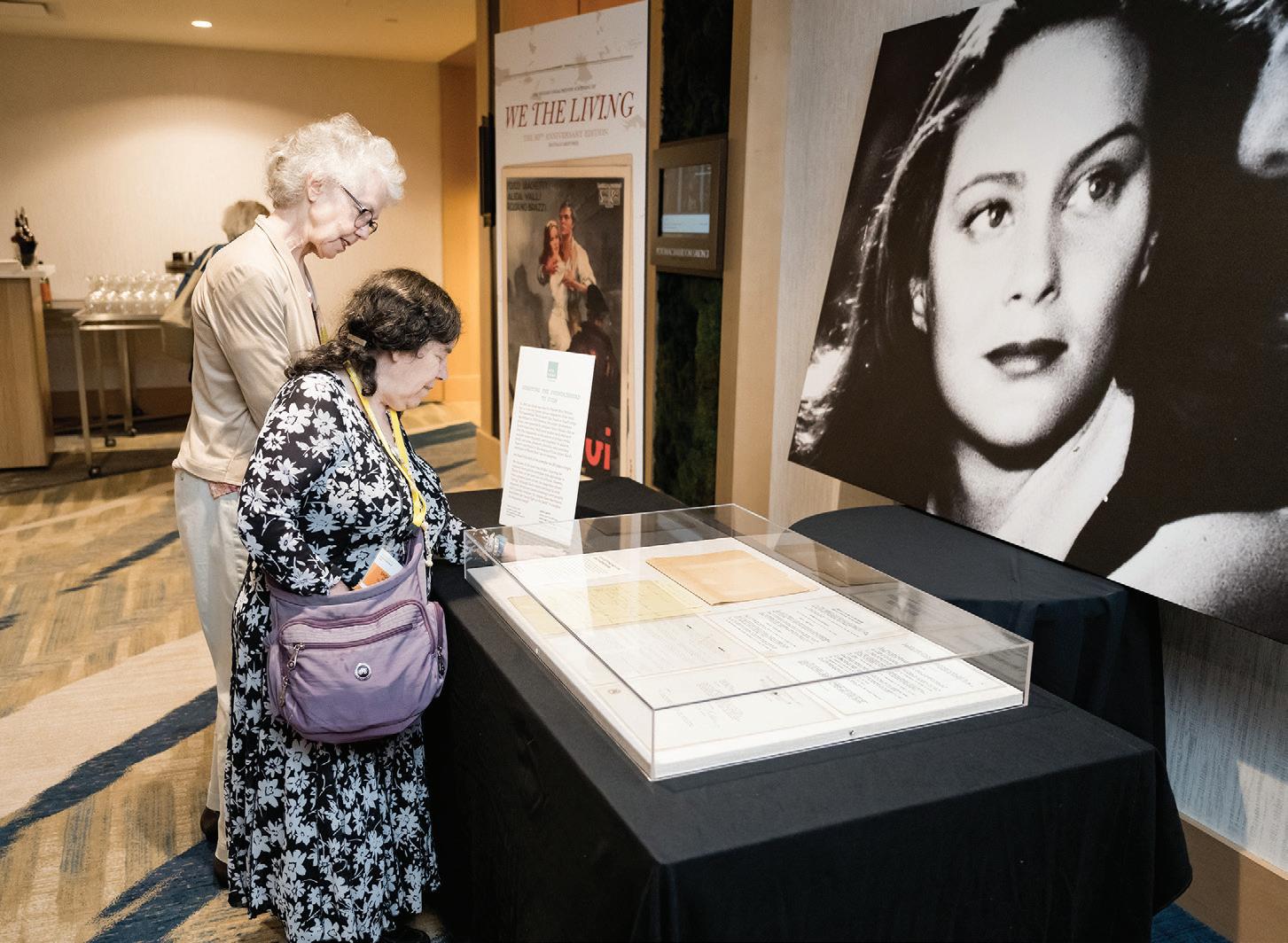

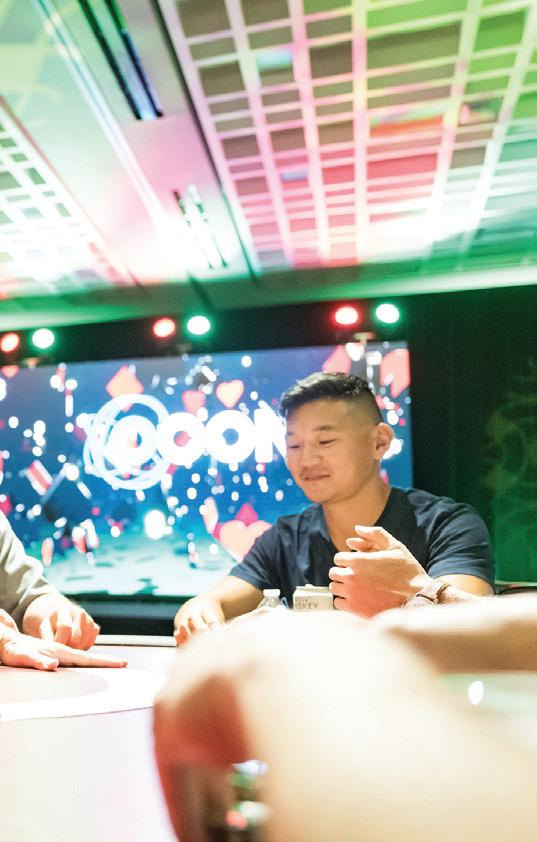

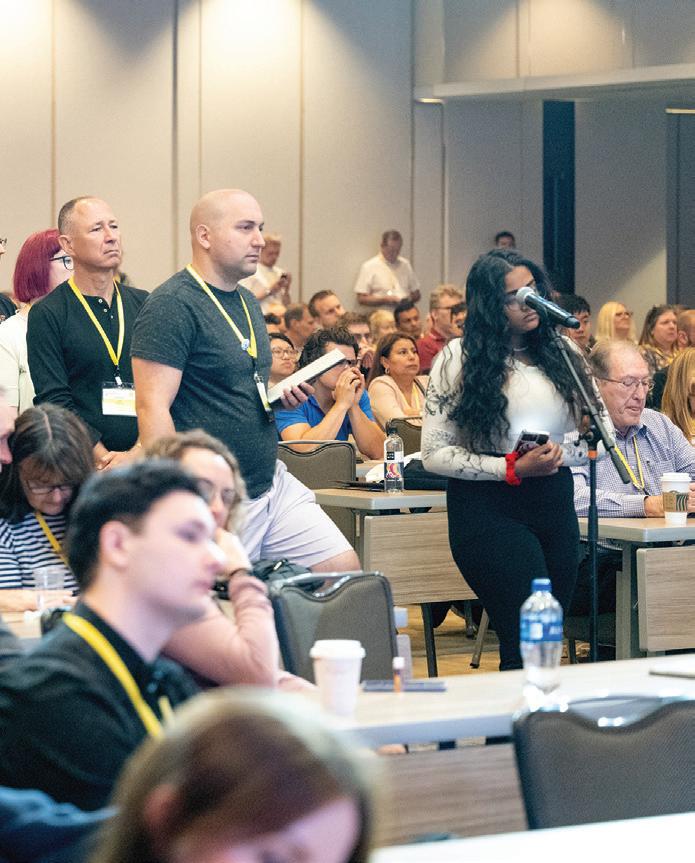
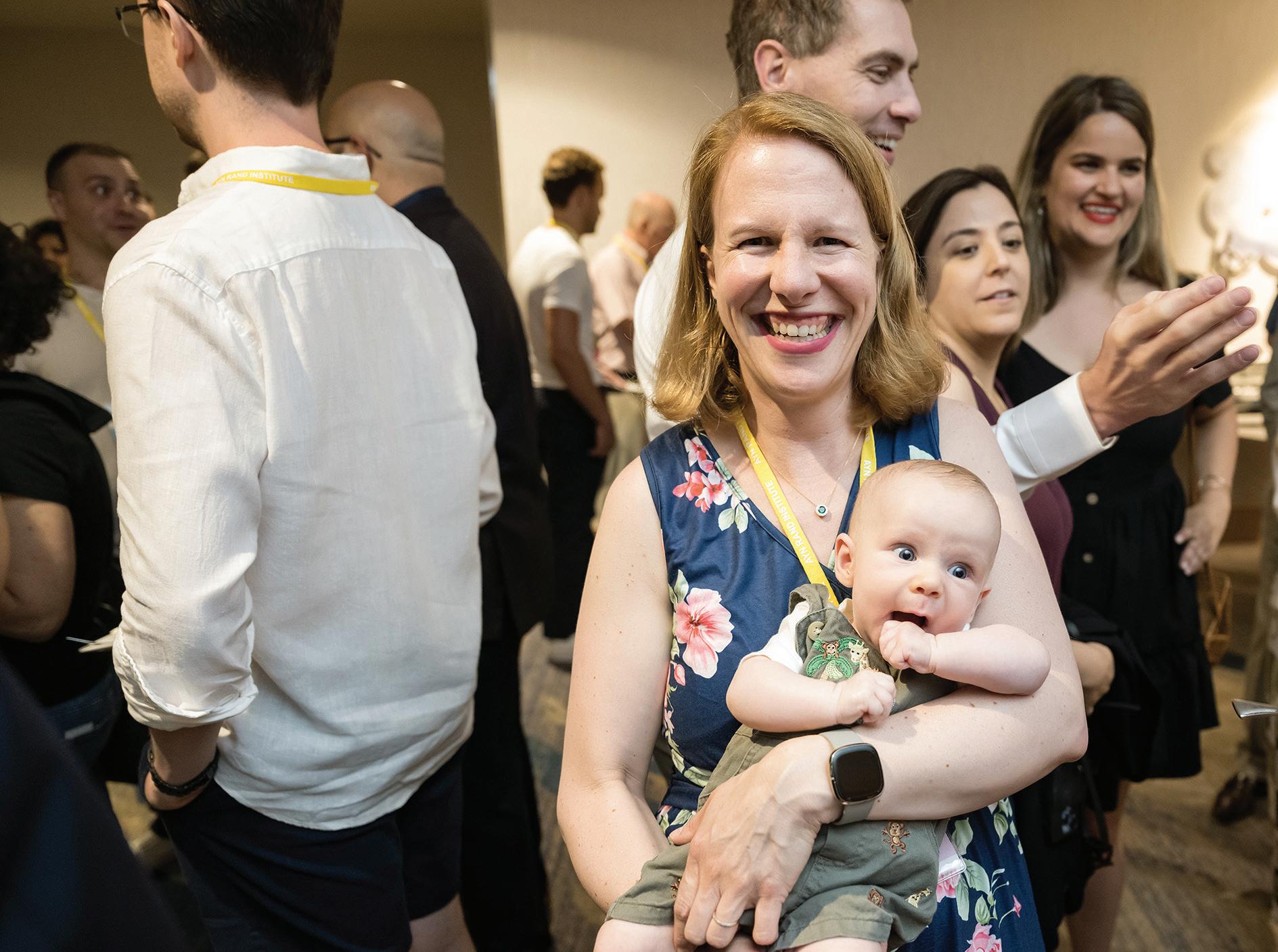
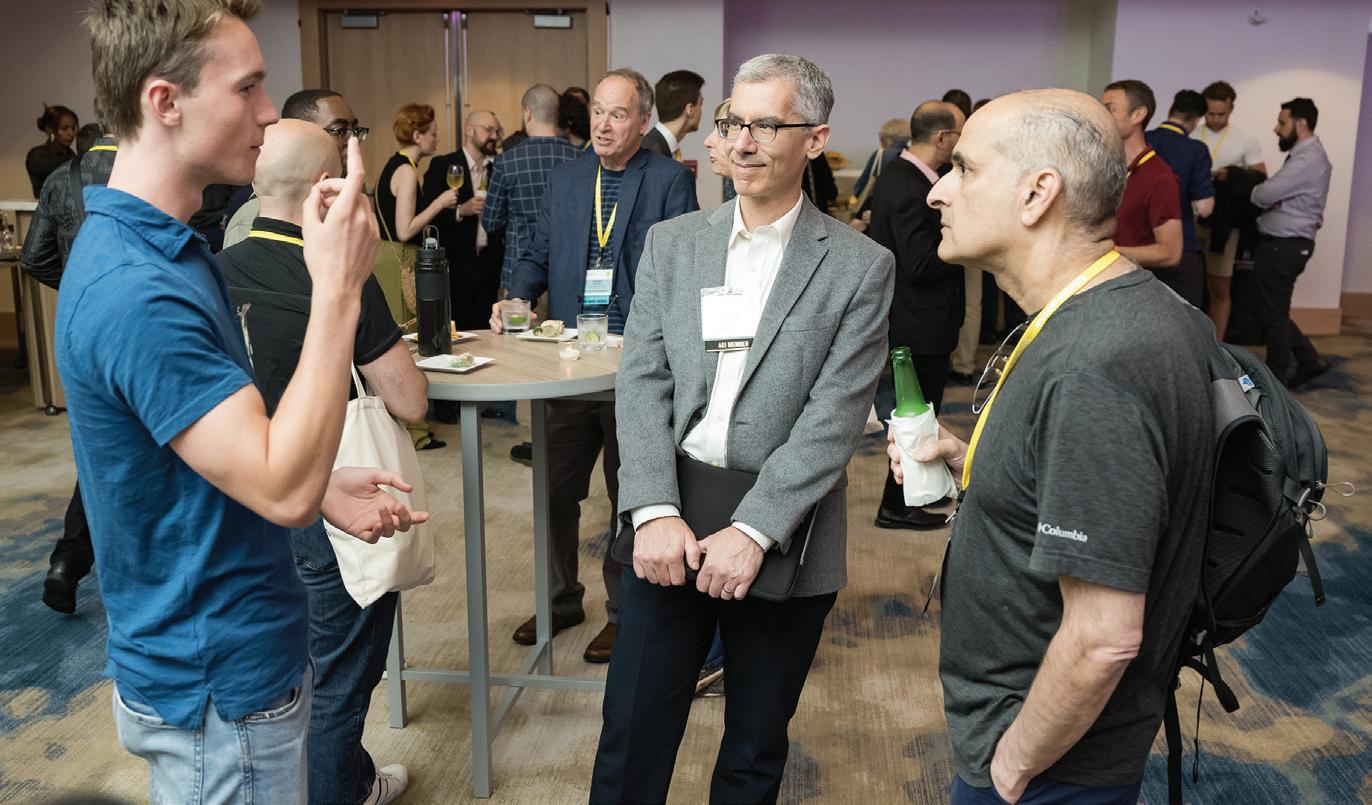
Our mission is to create a culture where individuals are free to pursue their own happiness. The key to such a culture is the philosophy of Ayn Rand. Ayn Rand’s ideas have already changed millions of lives. With your help, these ideas can change the world.
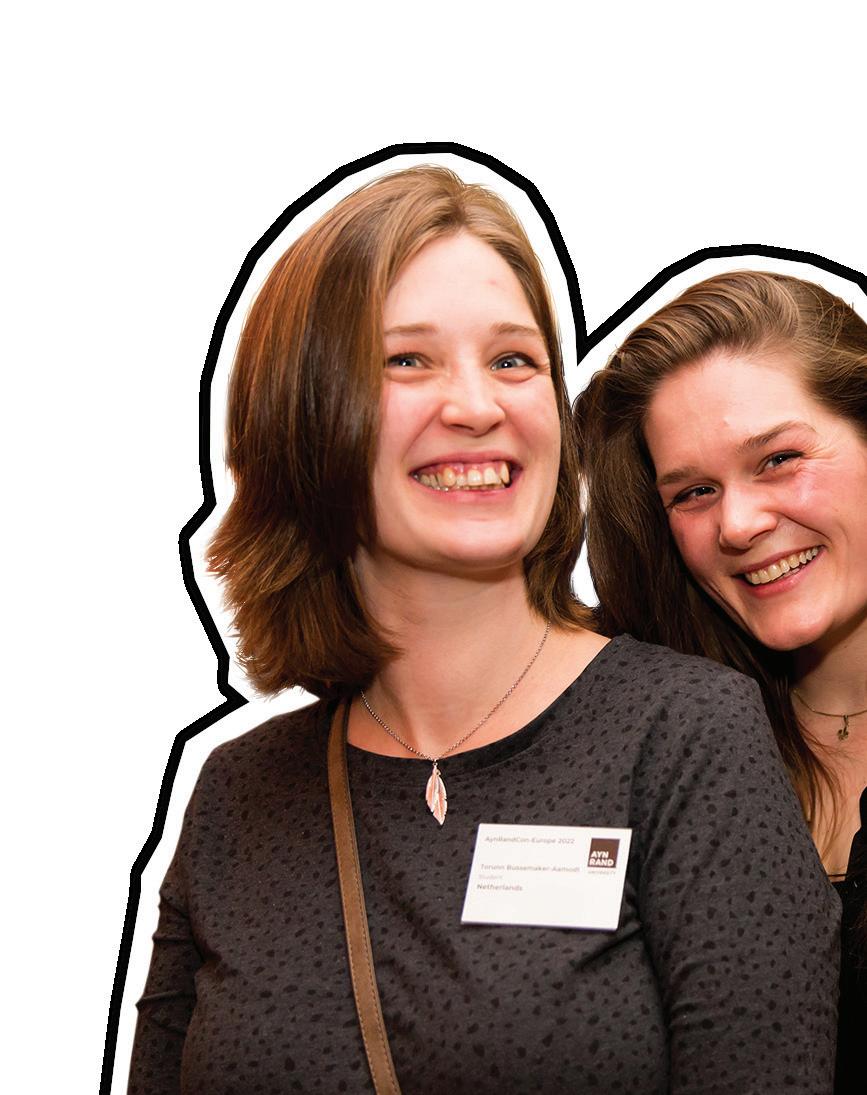

Grant, a college student at the University of North Dakota, comments on the impact getting a copy of Atlas Shrugged from ARI has meant to him:
“I’m about 50 pages away from finishing Rand’s magnum opus, Atlas Shrugged, and have really enjoyed the book thus far. The biggest takeaway that I have gotten from the book is definitely the potential in human beings. We should not let ourselves forget what humanity has accomplished. The book has definitely inspired me to look at the world and myself differently, but in a more positive manner. It makes me excited for what the future can and will bring.”
Do you want to live in a world that values reason, individualism, freedom and progress?
If
ARI Member. Here’s why:
• You’ll introduce new students to Ayn Rand every month, by putting Ayn Rand novels in their hands and in classrooms.
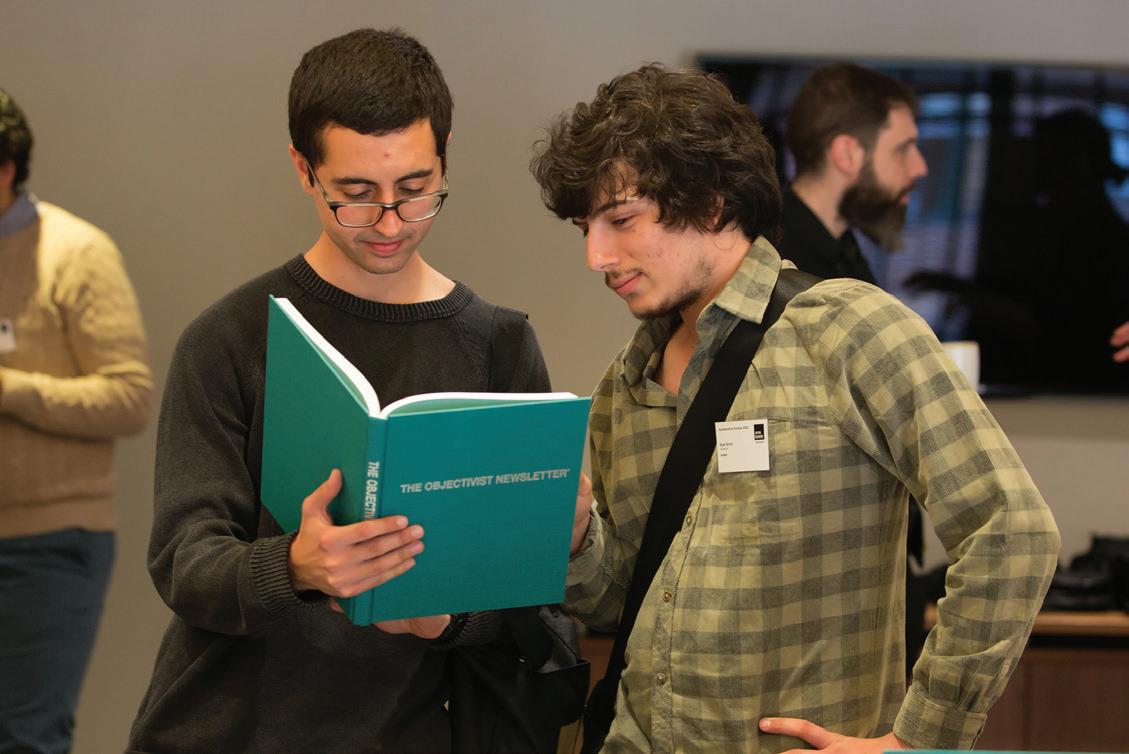



• At higher membership levels, you’ll support students’ registration in full courses at Ayn Rand University and their attendance at Objectivist conferences.
• You’ll help us train the next generation of Objectivist intellectuals and thought leaders—and fill the world with more of them.
• Your monthly donation will be automatic, so you won’t have to worry about keeping track of it—knowing that you’ll be supporting your values every month of the year.
• You’ll be part of a community of other Members who share your values— and you’ll get to interact with them and ARI staff every month at our online Roundtables. These monthly events feature inspiring guest speakers, as well as a chance to socialize with ARI staff, other donors, and students of Objectivism.
you want to join us in building this world, the most effective and direct way to do so is by becoming an
The work we do at ARI wouldn’t be possible without our amazing team of ARI staff members. We reached out to some of them and asked what it means to them to work at ARI—and we got some inspiring answers.
Mohamed Ali Junior Fellow
Kirk Barbera Development Account Manager
Ben Bayer Director of Content and Fellow
Tom Bowden Research Fellow
Jonathon Brajdic Education Programs Specialist
Jeff Britting Physical and Analog Archivist
Amber Brown Development Marketing Manager
Kathy Cross Senior Legacy Giving Manager
Yonatan Daon European Activist
Jonathan Divin
Online Community Specialist
Simon Federman Archives Coordinator
Vinny Freire Information Technology Manager
Aaron Fried Director of ARU Growth
Onkar Ghate
Chief Philosophy Officer and Senior Fellow
Ziemowit Gowin Junior Fellow
David Gulbraa Donor Services Specialist
Audra Hilse Digital Archivist
Jeff Janicke Business Operations Coordinator
Elan Journo Vice President of Content and Senior Fellow
Elizabeth Judge Marketing Project Manager
Krissy Keys Business Operations Manager
Duane Knight Grants Manager
Tristan de Liège Junior Fellow
Brandon Lisi Assistant Archivist and Researcher
Keith Lockitch Vice President of Education and Senior Fellow
Judy Lu Controller
Rachael Mare
Director of Marketing
Stewart Margolis Development Account Manager
Amanda Maxham Mentorship Strategist and Special Projects Manager
Mike Mazza Associate Fellow
Jennifer Minjarez Student Community Coordinator
Donna Montrezza Copy Editor
Matthew Morgen Director of Development
Hailey O’Brien Digital Marketing Assistant
Ricardo Pinto Junior Fellow
Lucy Rose Director of Content Production
Romy Salgado Staff Accountant
Gregory Salmieri Guest Instructor
Steven Schub ARU Coach
Reinier Schuur Junior Fellow
Daniel Schwartz
Visiting Fellow
Jeff Scialabba Director of ARU Operations
Anu Seppala
Director of Cultural Outreach
Carla Silk Chief Operating Officer
Alex Silverman Visiting Fellow
Aaron Smith Instructor and Fellow
Nikos
Sotirakopoulos
Visiting Fellow and Director of Ayn Rand Institute Europe
Anna Steinberg Legacy Giving Manager
Tal Tsfany President and Chief Executive Officer
Agustina
Vergara Cid Junior Fellow
Steven Warden Junior Fellow
Don Watkins Director of Coaching and Mentoring
Samuel Weaver Junior Fellow
Alex Wigger Content Production Specialist
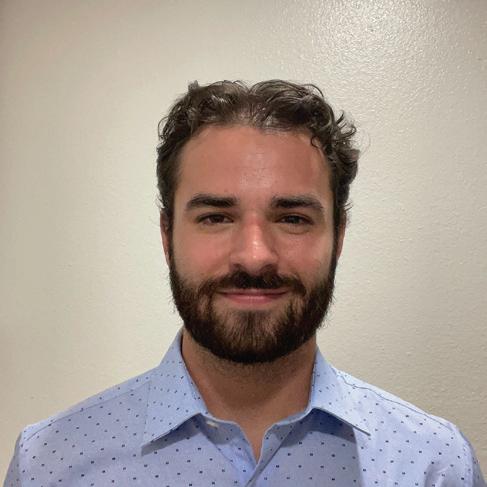
“When I first read Atlas Shrugged six years ago, I was awestruck. It gave me an entirely new perspective on my life, along with the courage and inspiration I needed to pursue it to the fullest. And yet, if it weren’t for a friend’s recommendation, I might never have read it. This thought drives my work as part of ARI’s Ayn Rand University Growth Team (where we put thousands of Ayn Rand’s books into the hands of teachers and students). I want to help ensure that students everywhere get the opportunity to read and engage with Ayn Rand’s life-changing work.”
“I was introduced to Ayn Rand by a friend who sent me a copy of the ‘money speech,’ given by Francisco in Atlas Shrugged. It made so much sense to me, and in Objectivism I found a philosophy that can be practiced consistently. I love working at ARI—I am extremely proud of the work I do, but it’s more than that: Promoting Objectivism is a life goal of mine. Supporting the amazing work of our incredible team is an enormous privilege—and I do all of that while having a shameless amount of fun!”
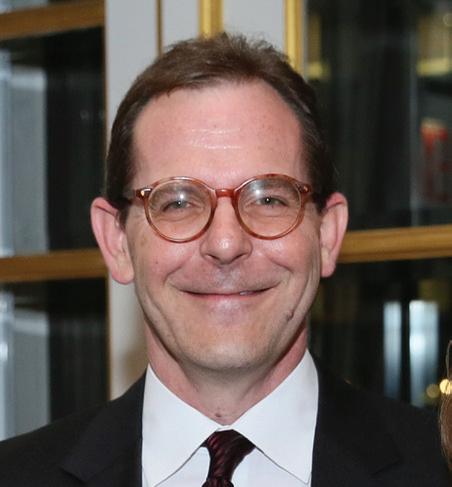
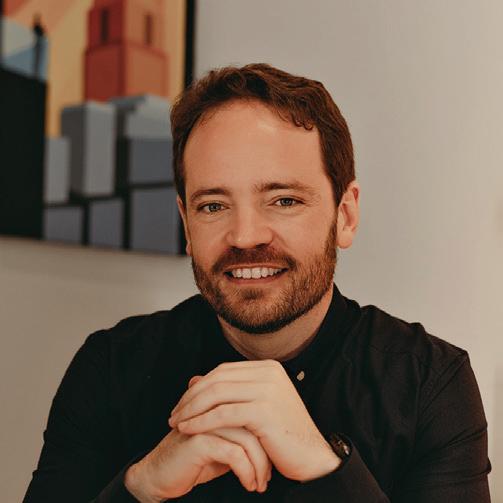
“I was introduced to Ayn Rand’s ideas through ARI’s Annual Reports and then through Rand’s books. Working for ARI, to me, means success in different ways: enjoying my job, tackling ever more challenging projects, and in helping ARI in its mission to change the culture for a better world.”
“The most satisfying aspect of my work is engaging with donors and foundations, educating them about our mission and showing them— through our free books program and essay contests, our educational content, and now Ayn Rand University—how young people’s lives are being dramatically changed for the better through their support.”
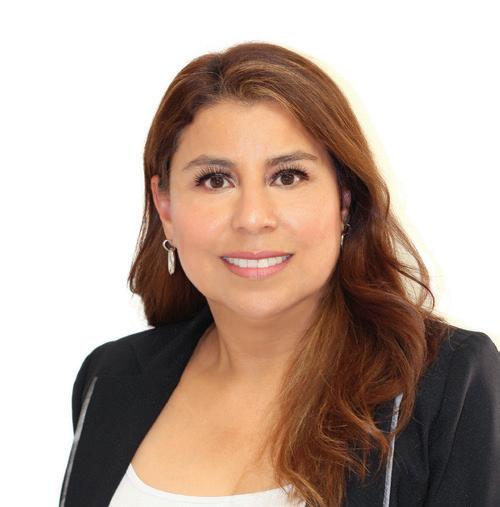

“A friend urged me to read Atlas Shrugged when I was in college, and I am forever grateful for this introduction to a world of heroes who strive to be heroic in every aspect of their lives, who treasure the life of each individual person and the ideal of productive achievement. Working with Atlantis Legacy donors is a tremendous honor and joy because it means that these ideas will be accessible to the world far into the future.”

Executive-in-Residence at the Wake Forest University School of Business and retired Chairman and CEO of BB&T. Member of the Cato Institute’s Board of Directors.
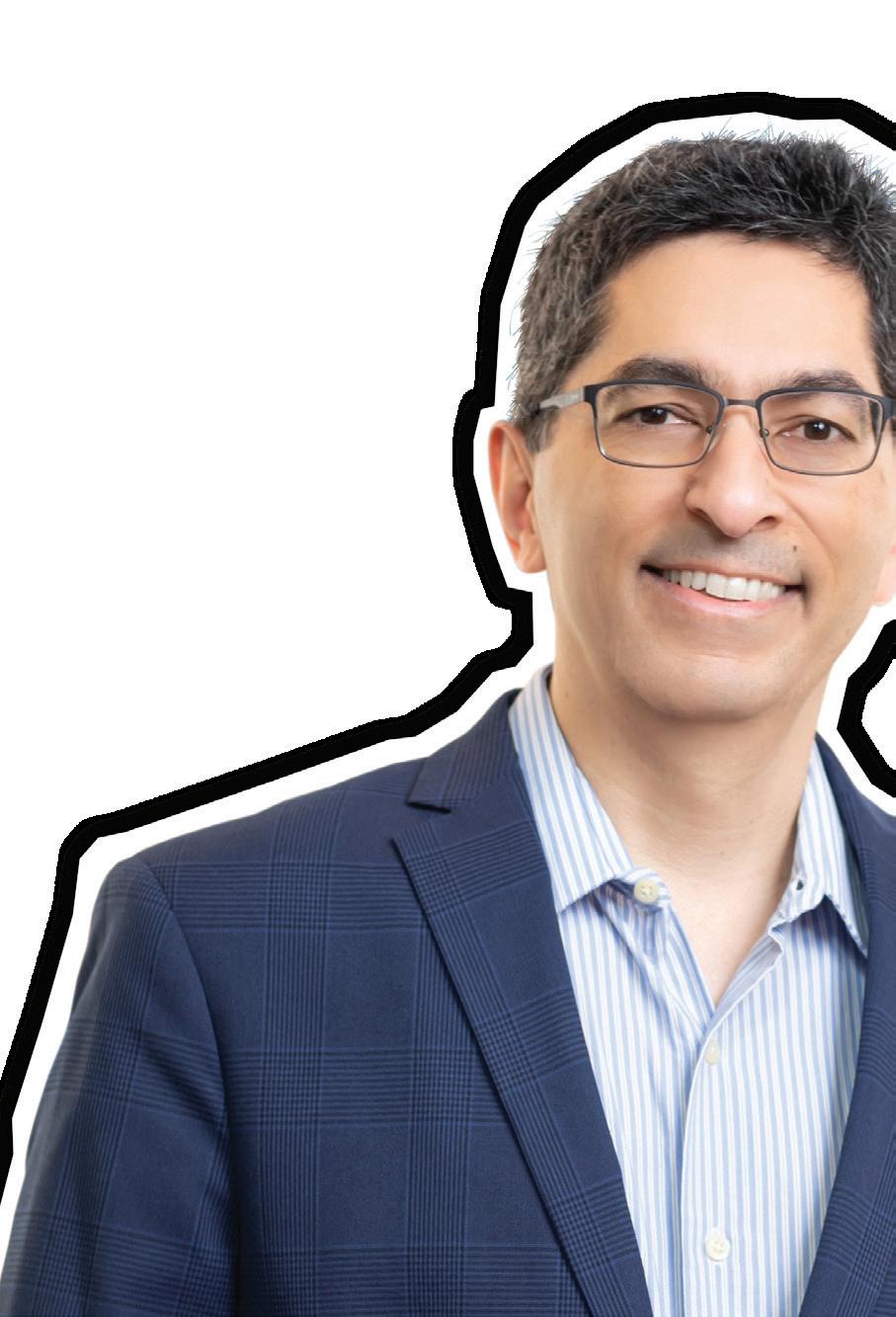



Chairman of the Board of Directors, former CEO of ARI, Co-Founder of BHZ Capital LLC and host of The Yaron Brook Show

Financier, businessman, U.S. Air Force pilot and former CEO of ARI
Philosophy professor and associate of the late Ayn Rand
Chief Philosophy Officer and Senior Fellow at ARI. He is the Institute’s resident expert on Objectivism



Litigation Director, Pacific Legal Foundation
Professor of philosophy at Seton Hall University
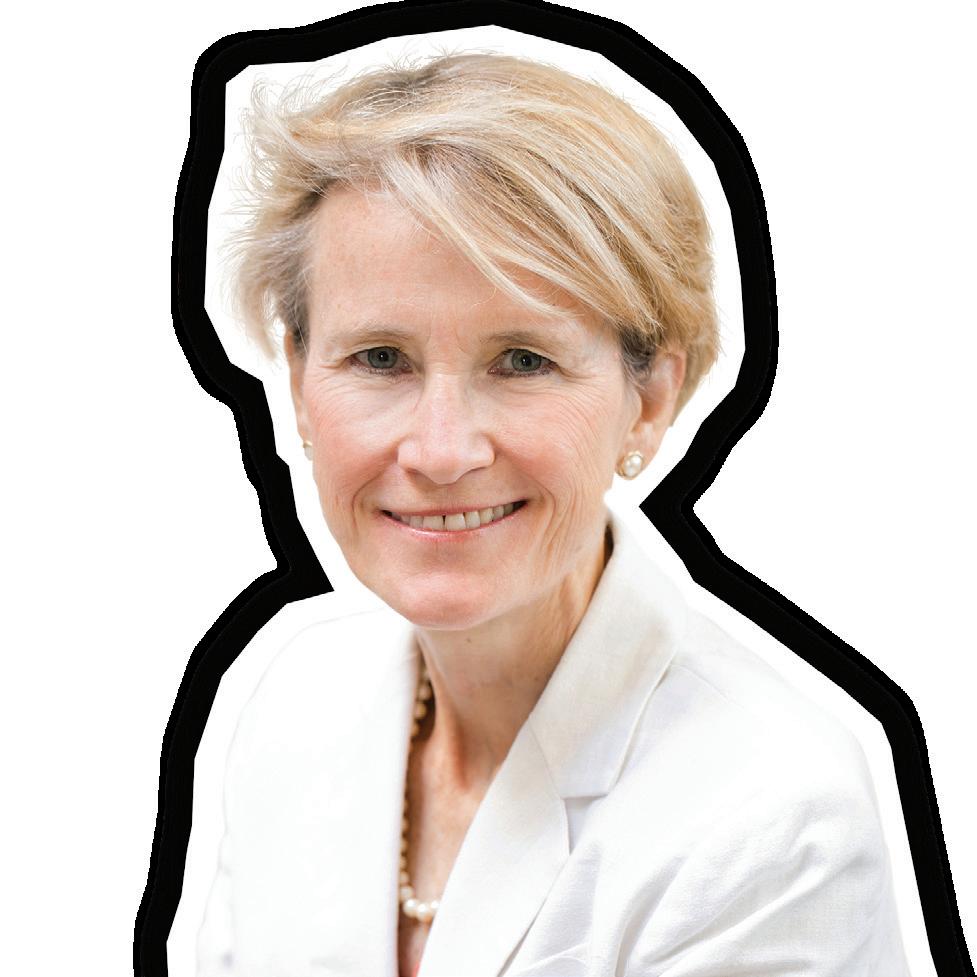 Tal Tsfany
Tal Tsfany
President and CEO of ARI
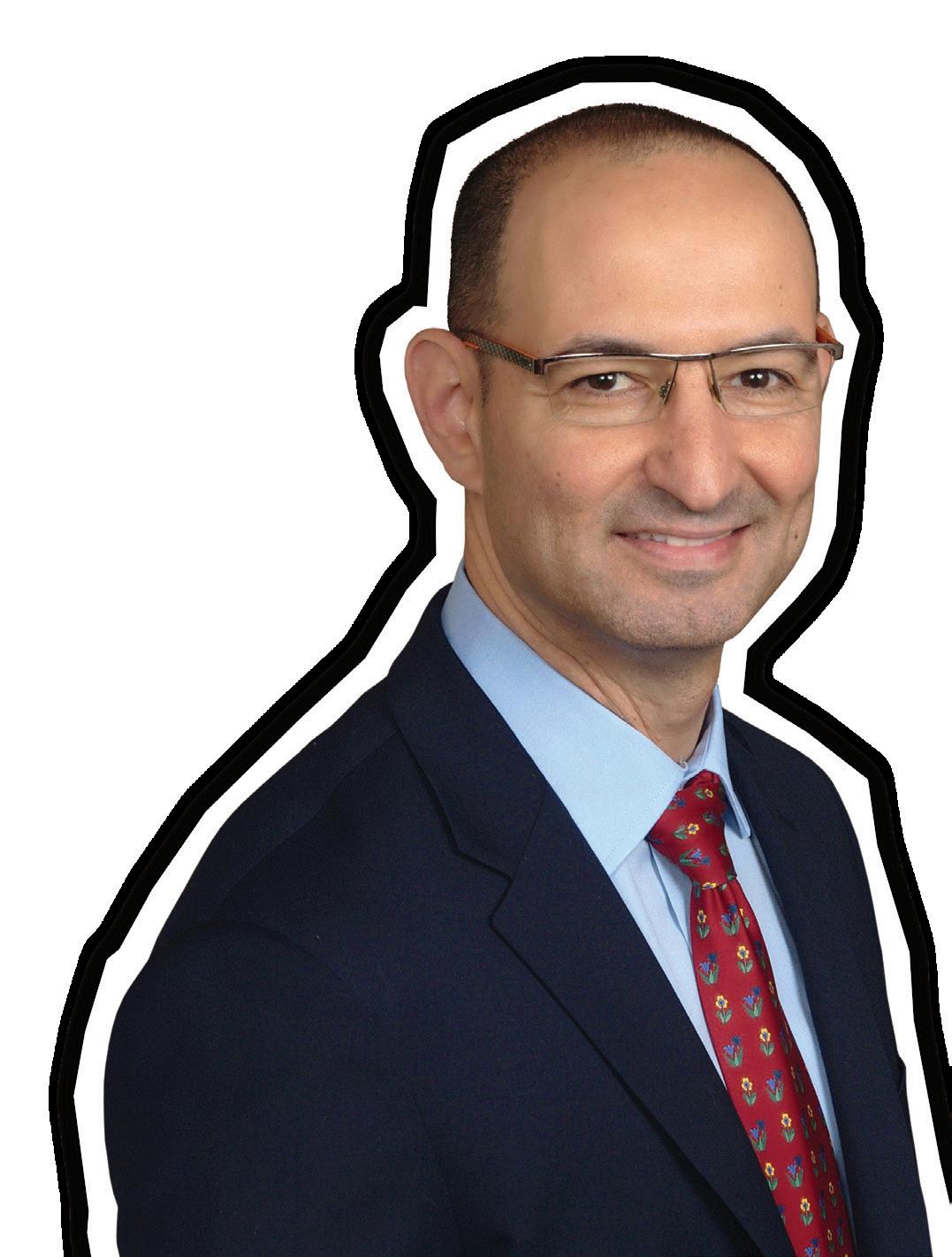
Professor of philosophy at University of Texas at Austin


© 2022 The Ayn Rand Institute. All rights reserved. Objectivist Conferences (OCON) and the Ayn Rand Institute eStore are owned and operated by the Ayn Rand Institute. Payments to Objectivist Conferences or to the Ayn Rand Institute eStore do not qualify as tax-deductible contributions to the Ayn Rand Institute. Ayn Rand ® is a registered trademark and is used by permission.
